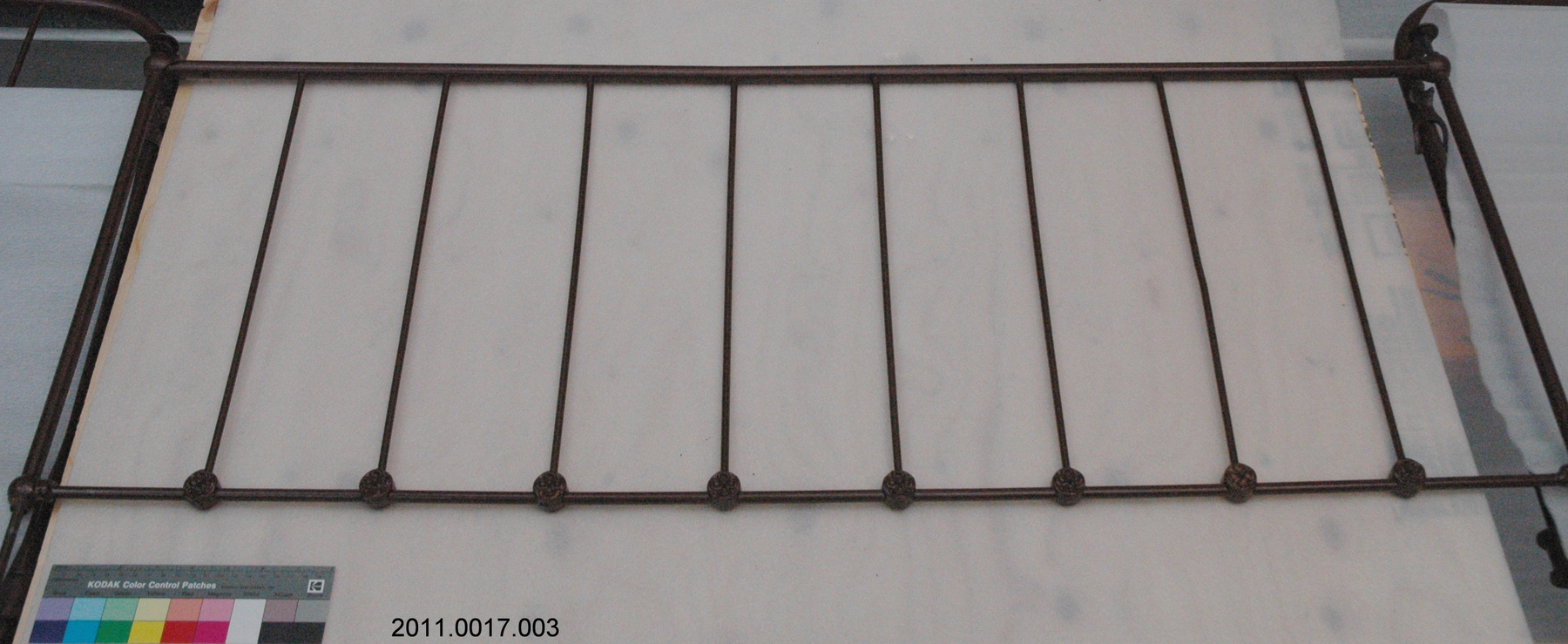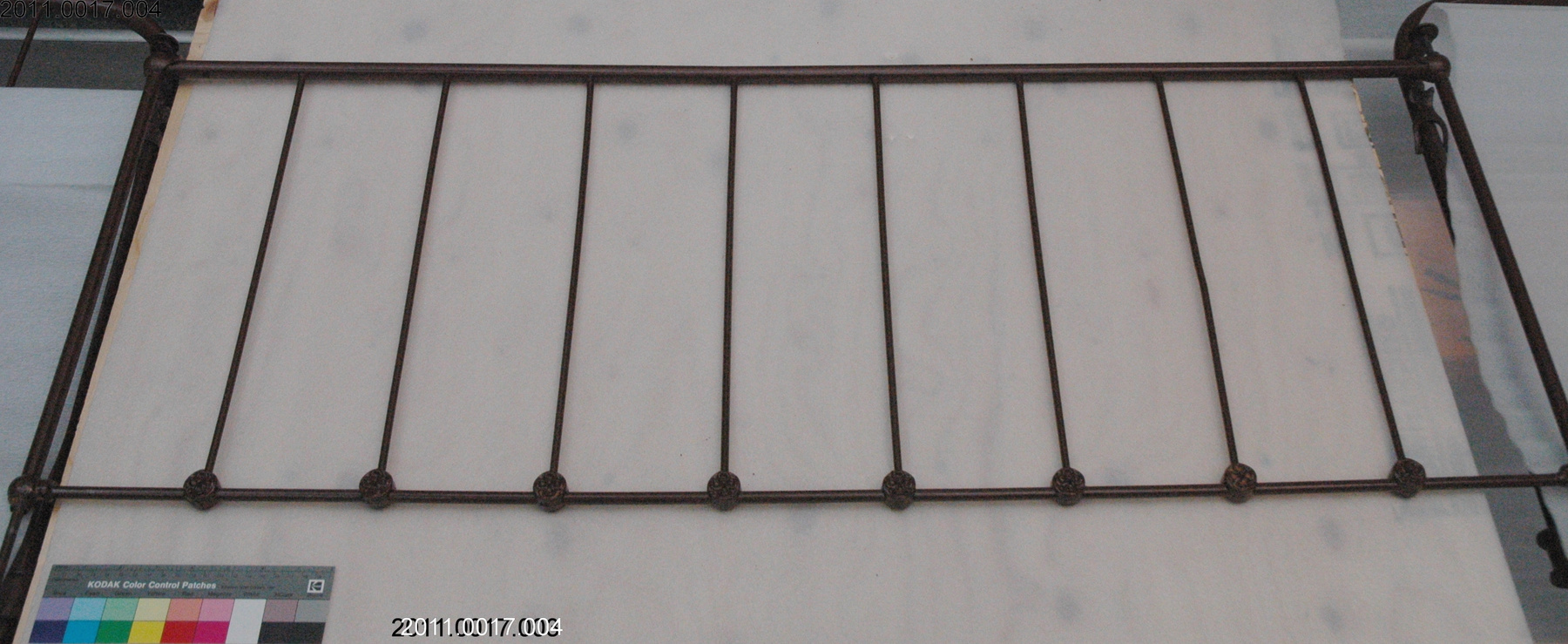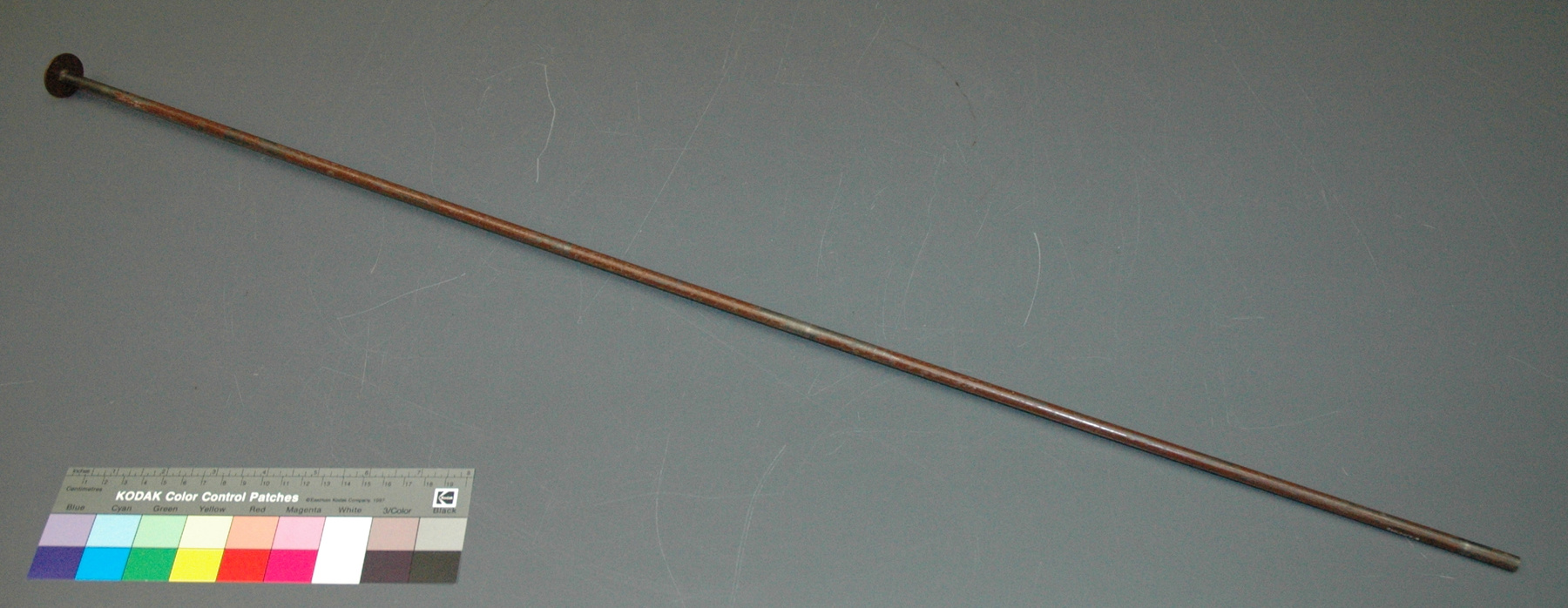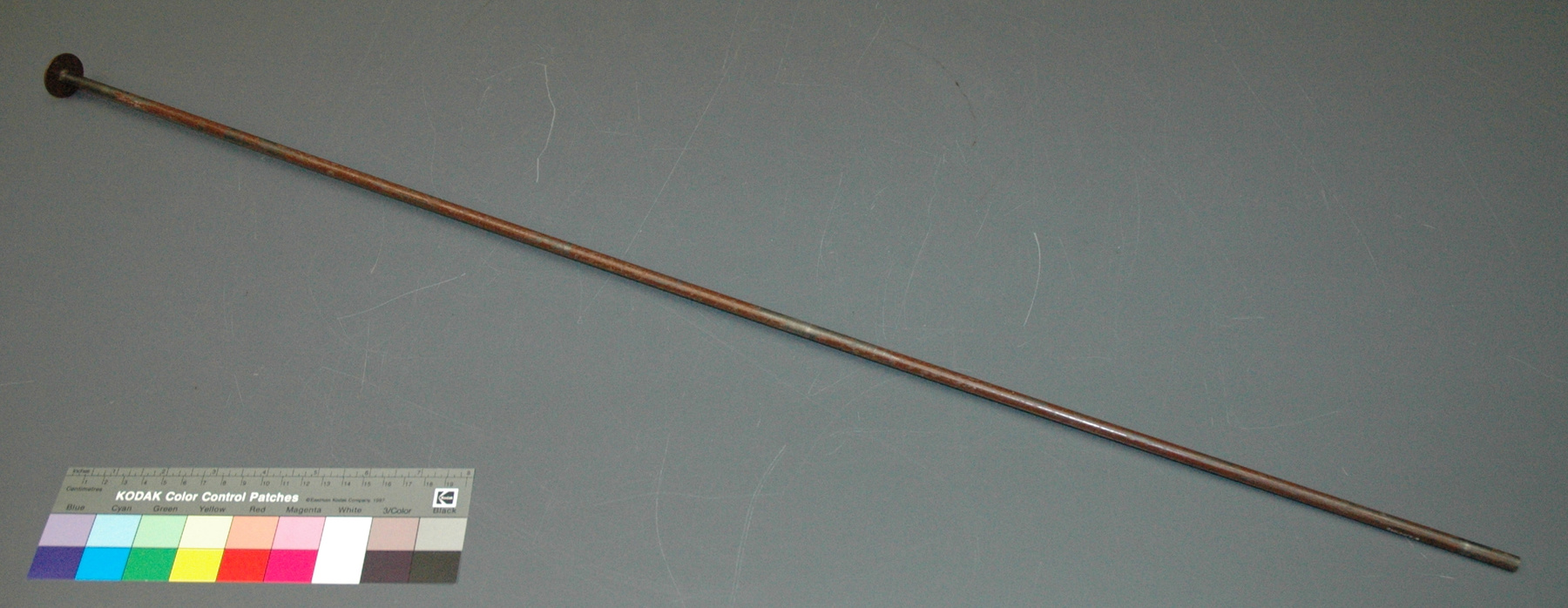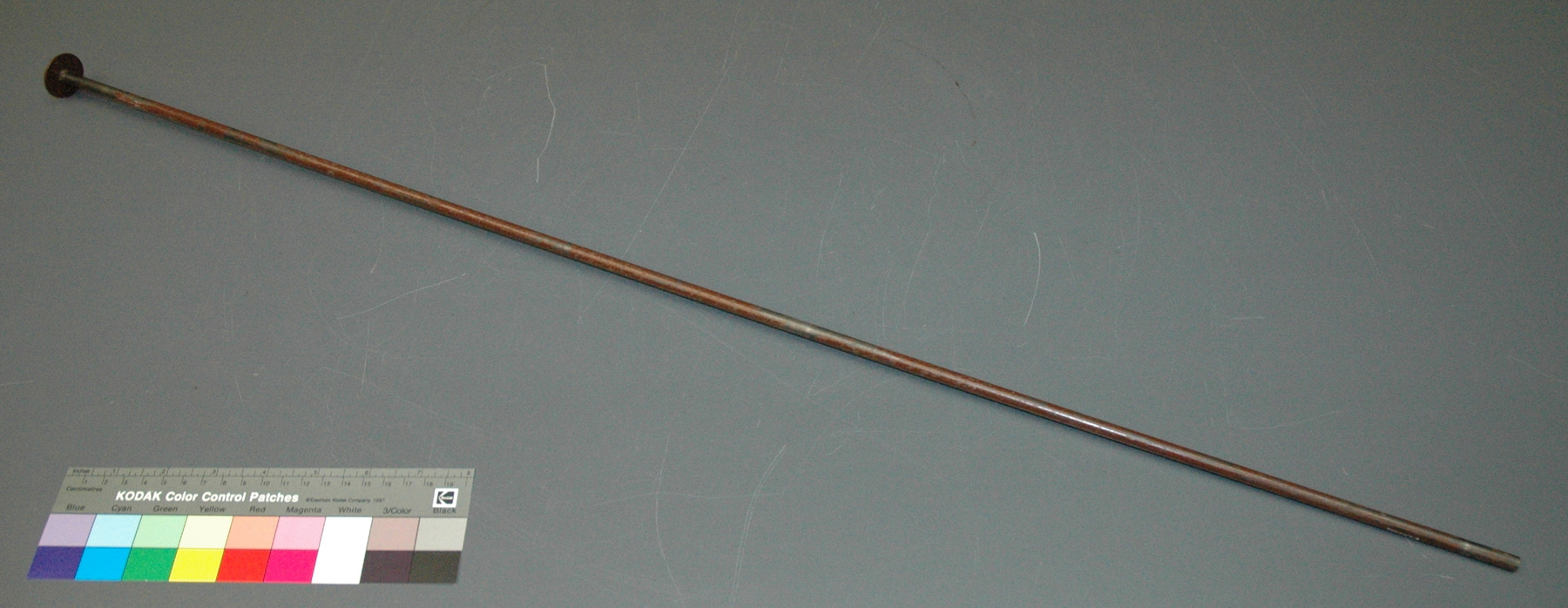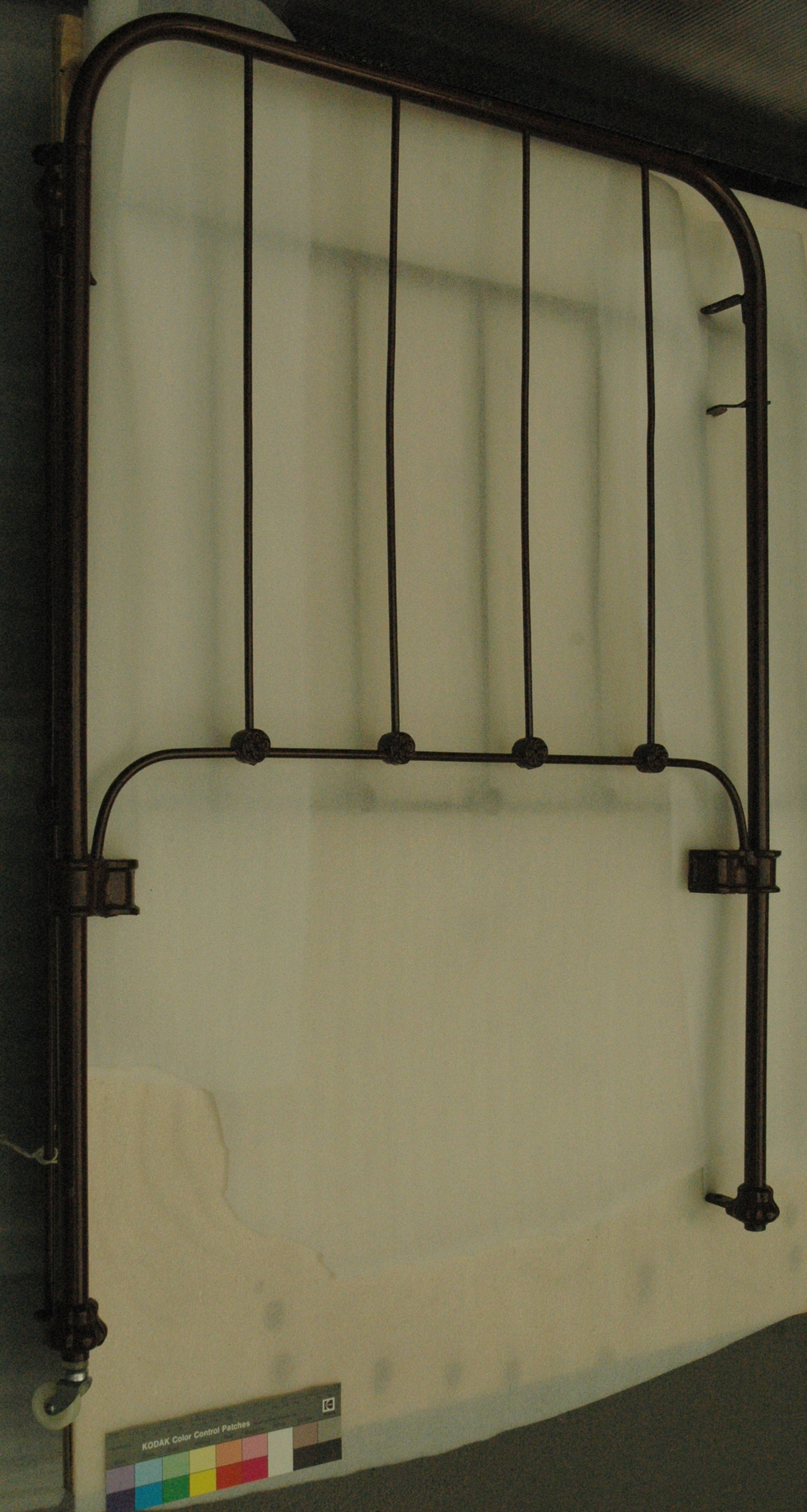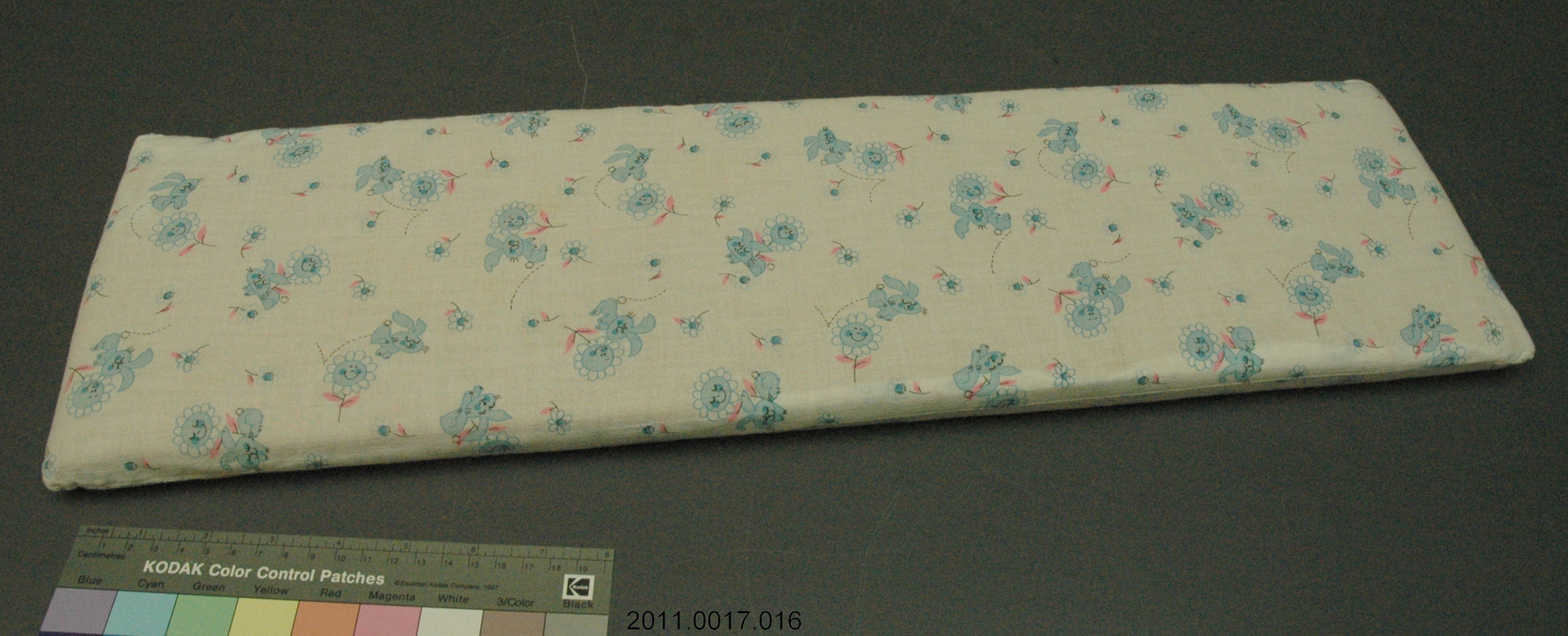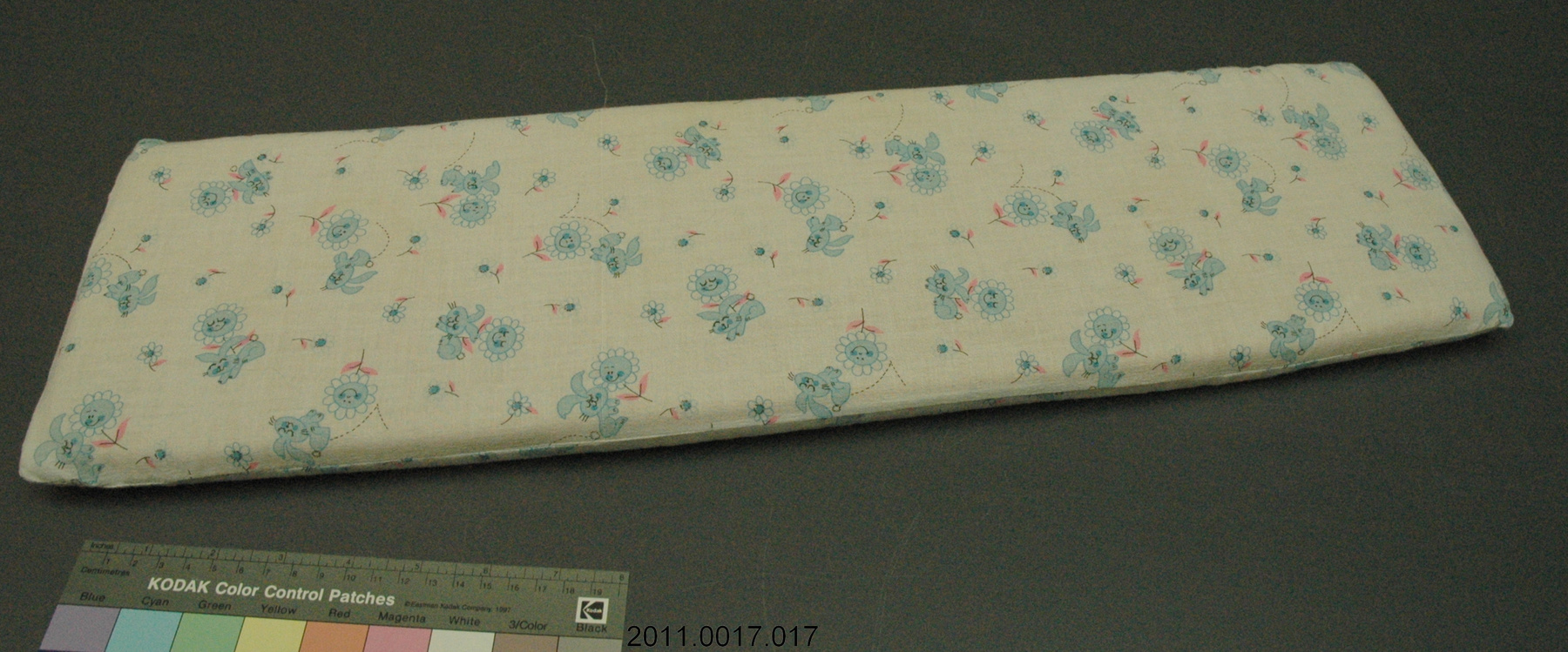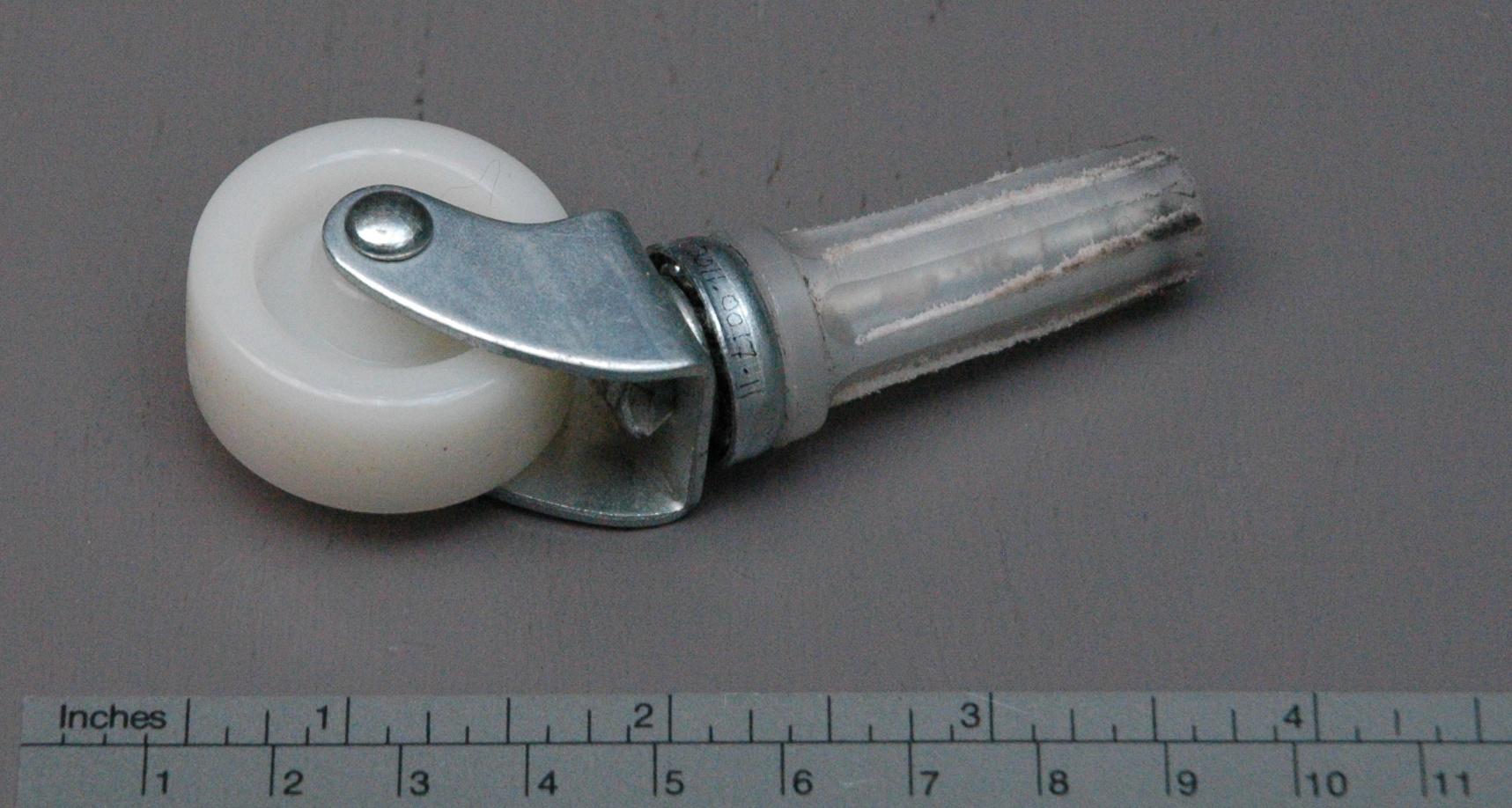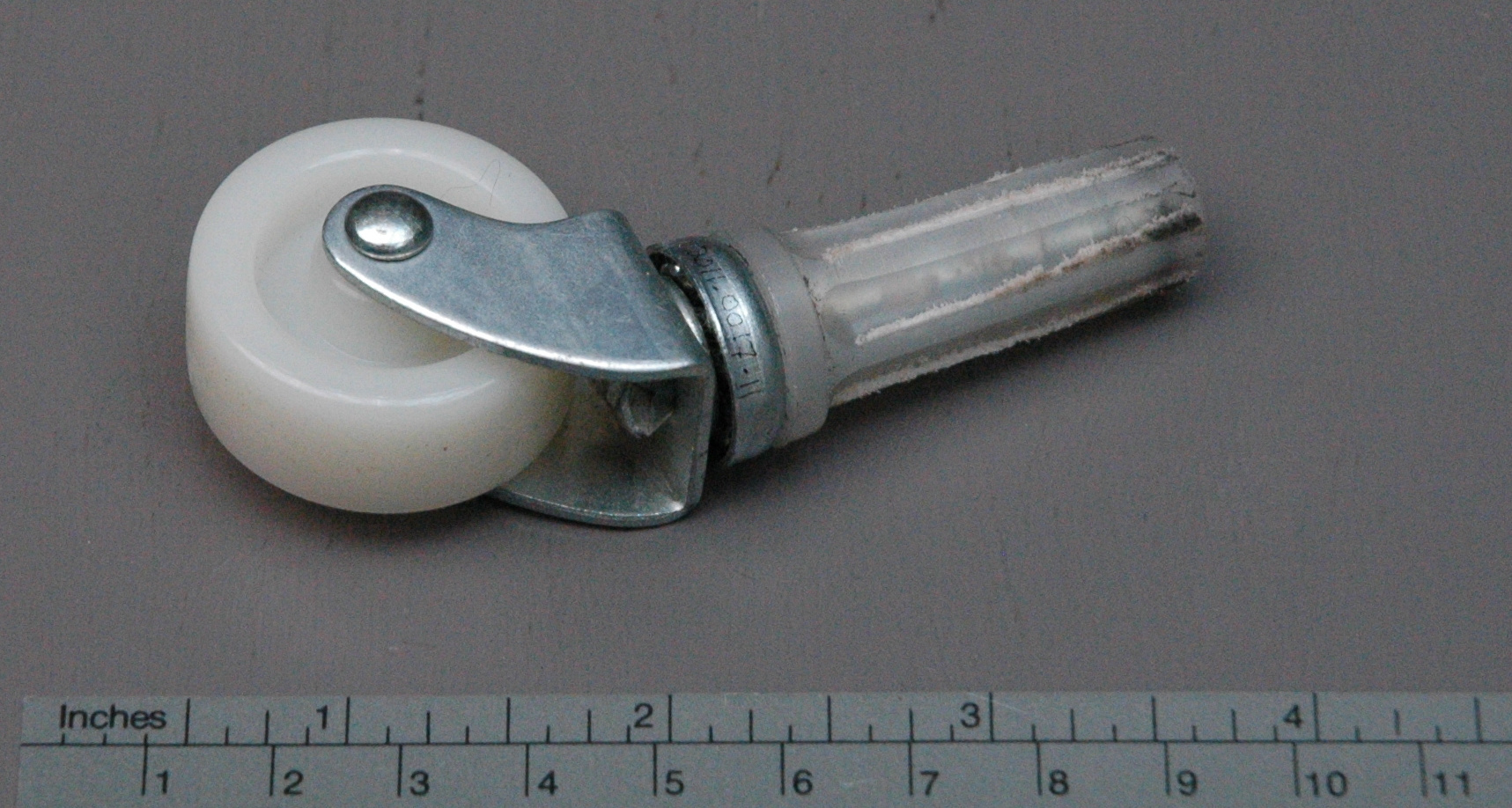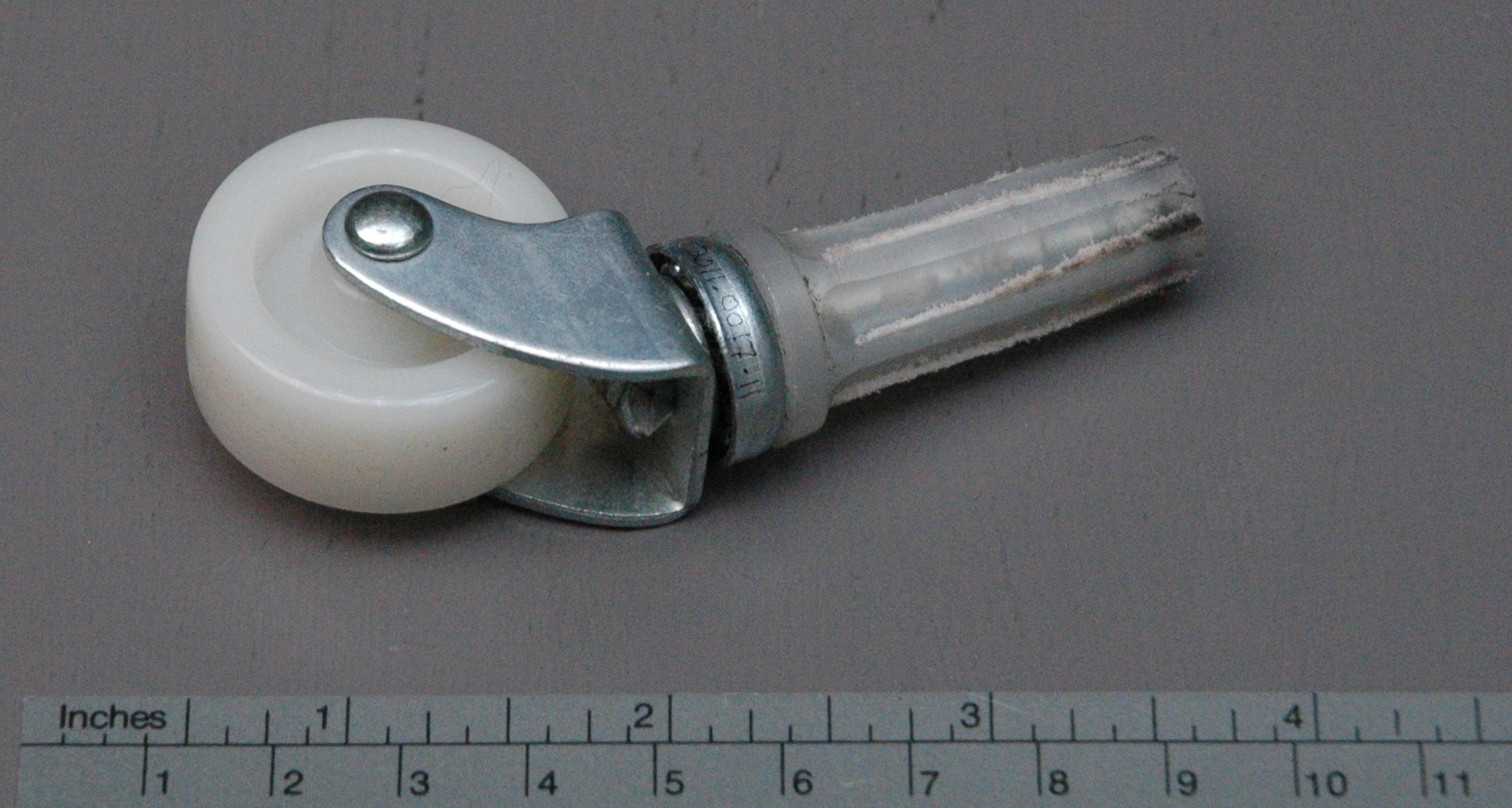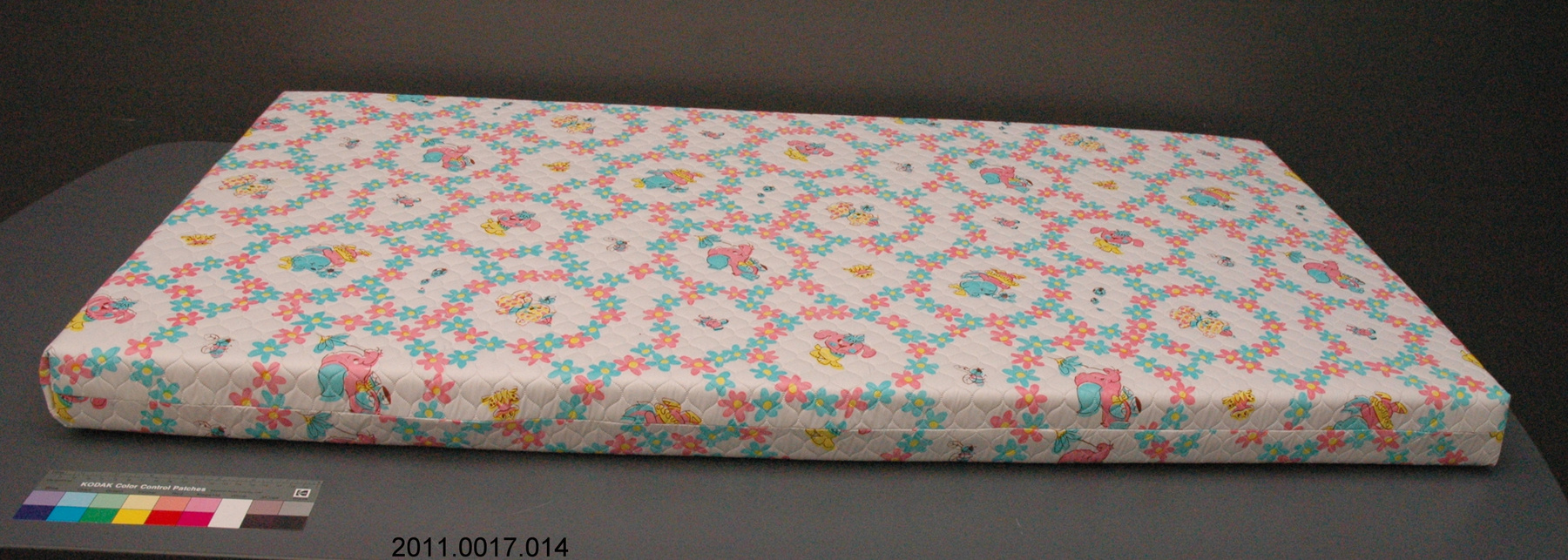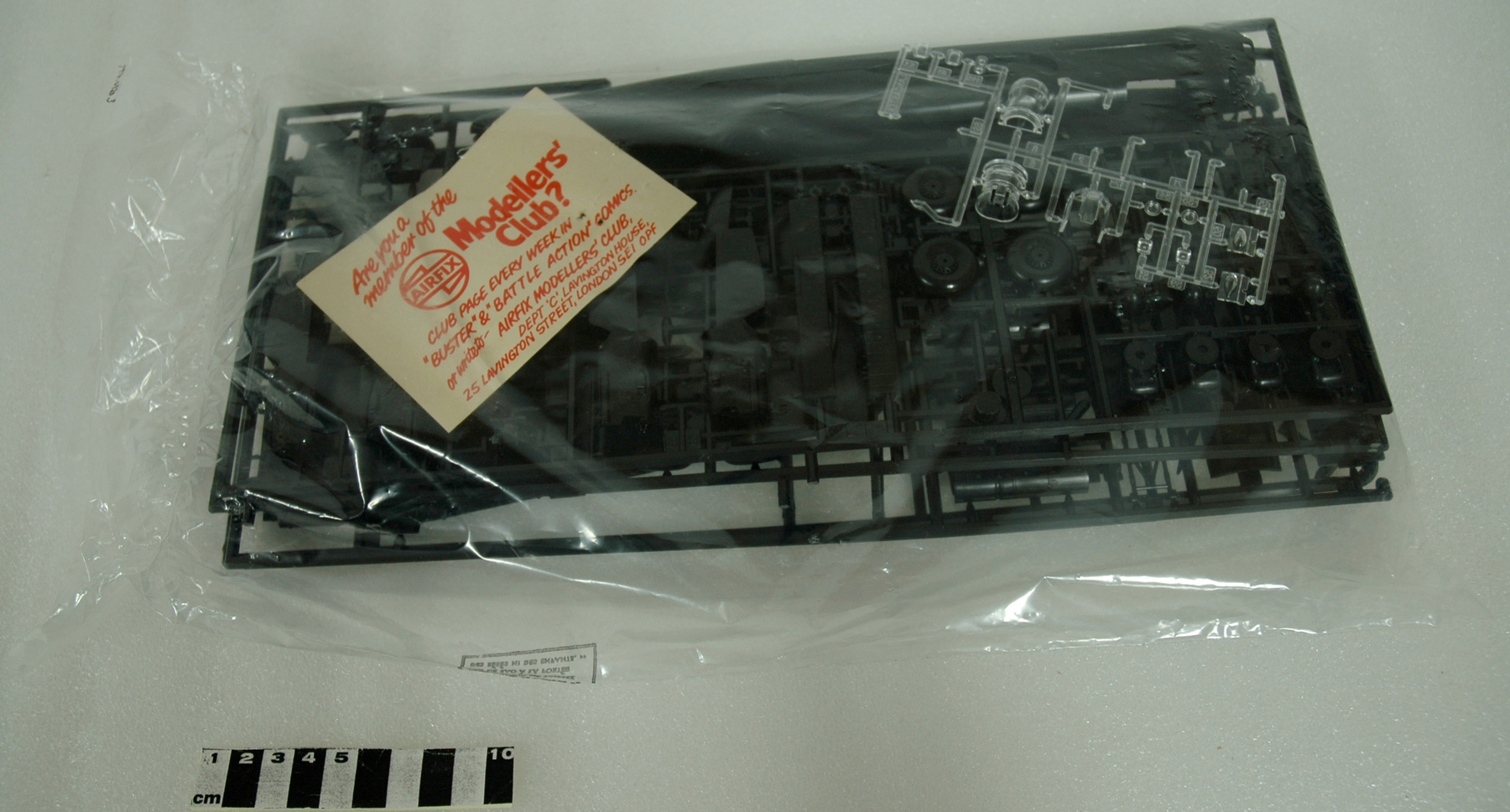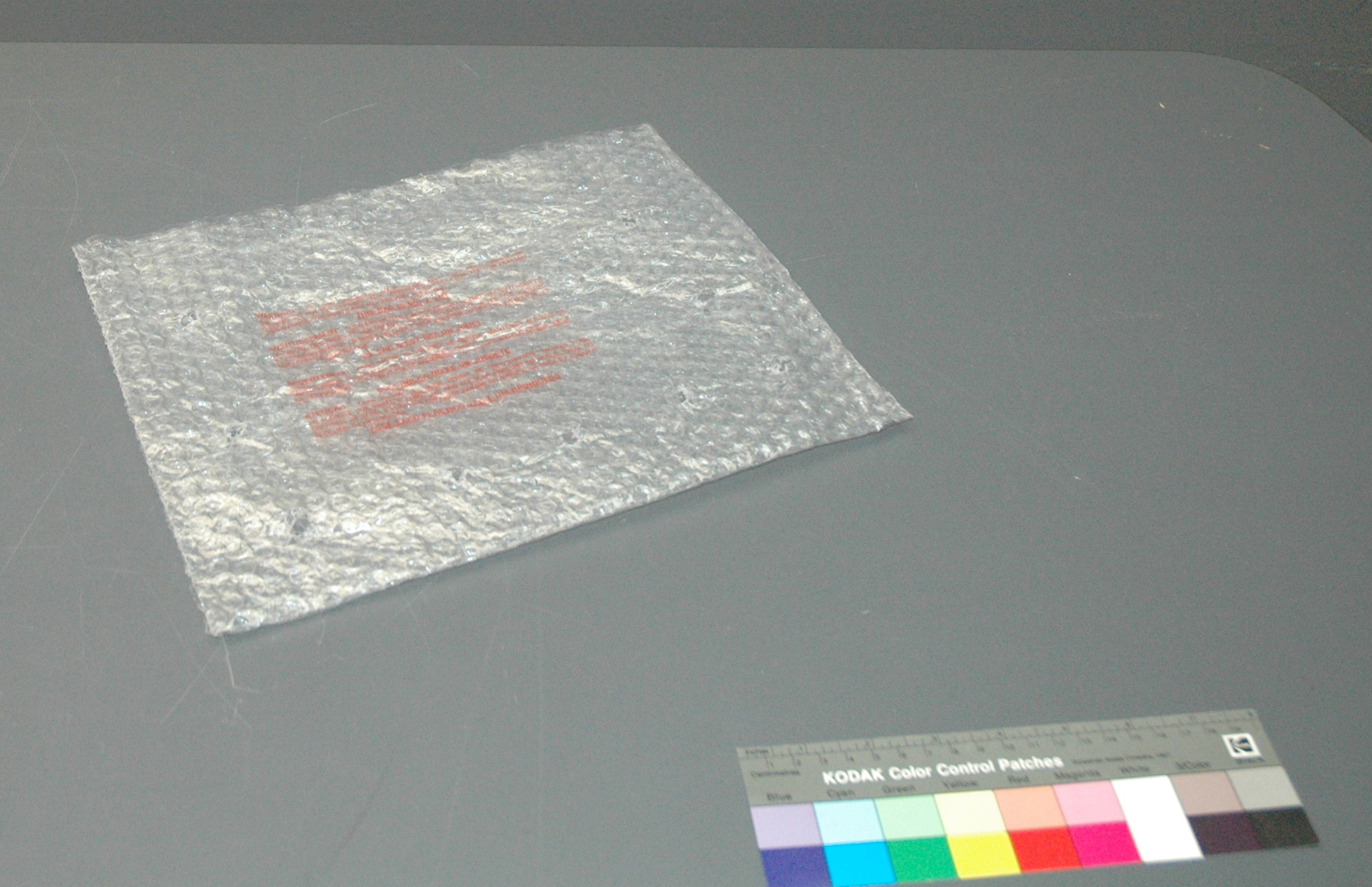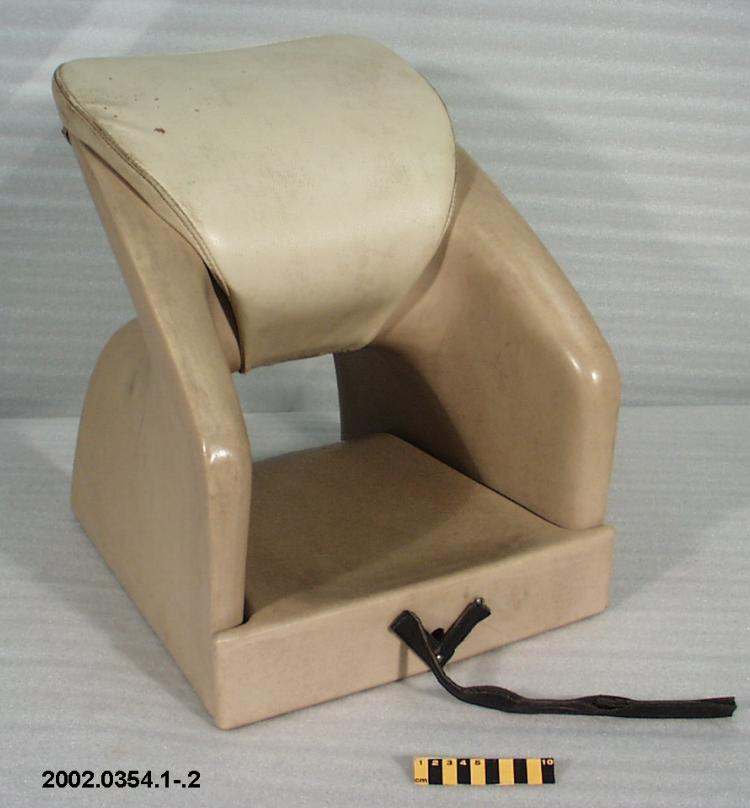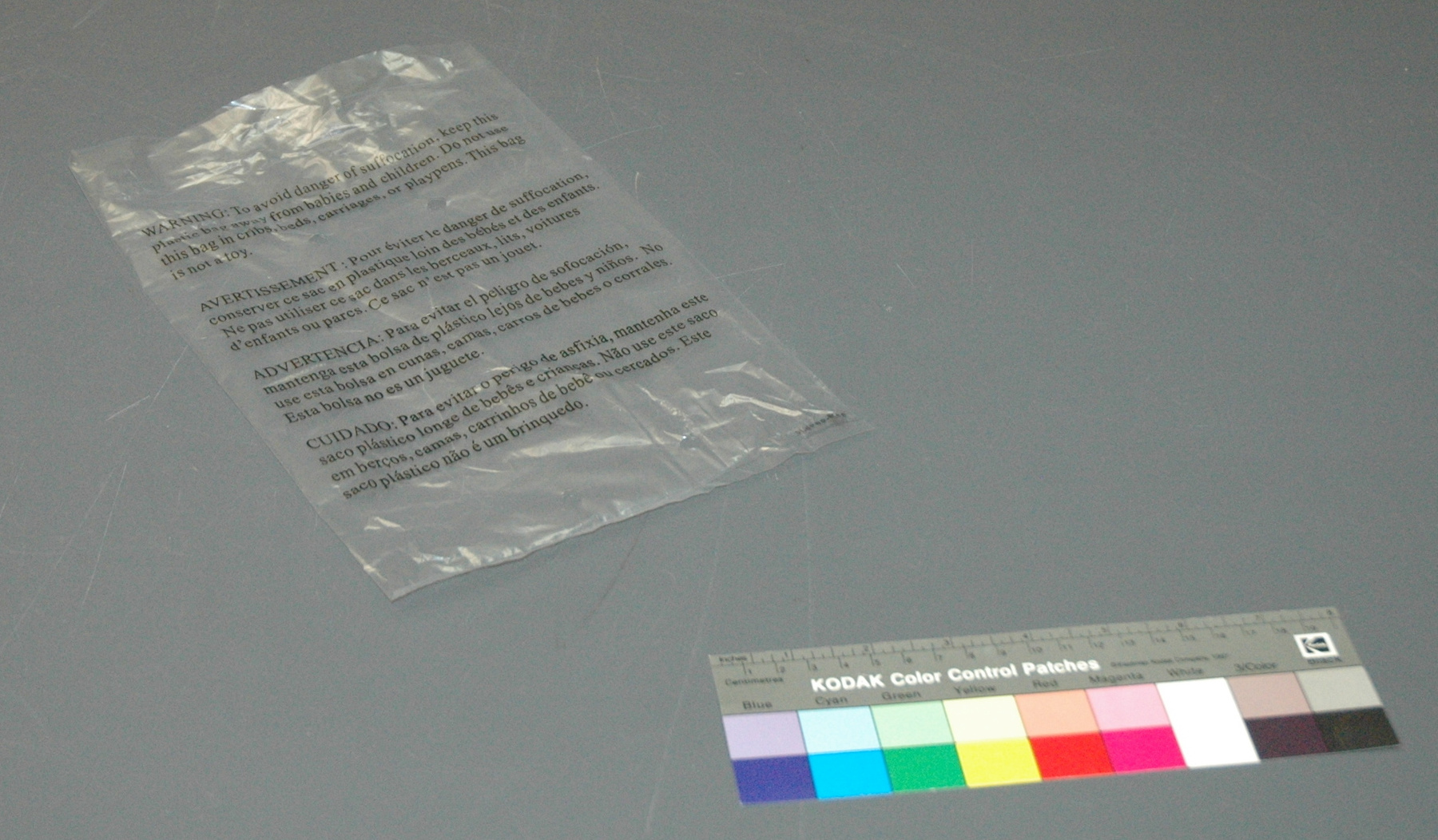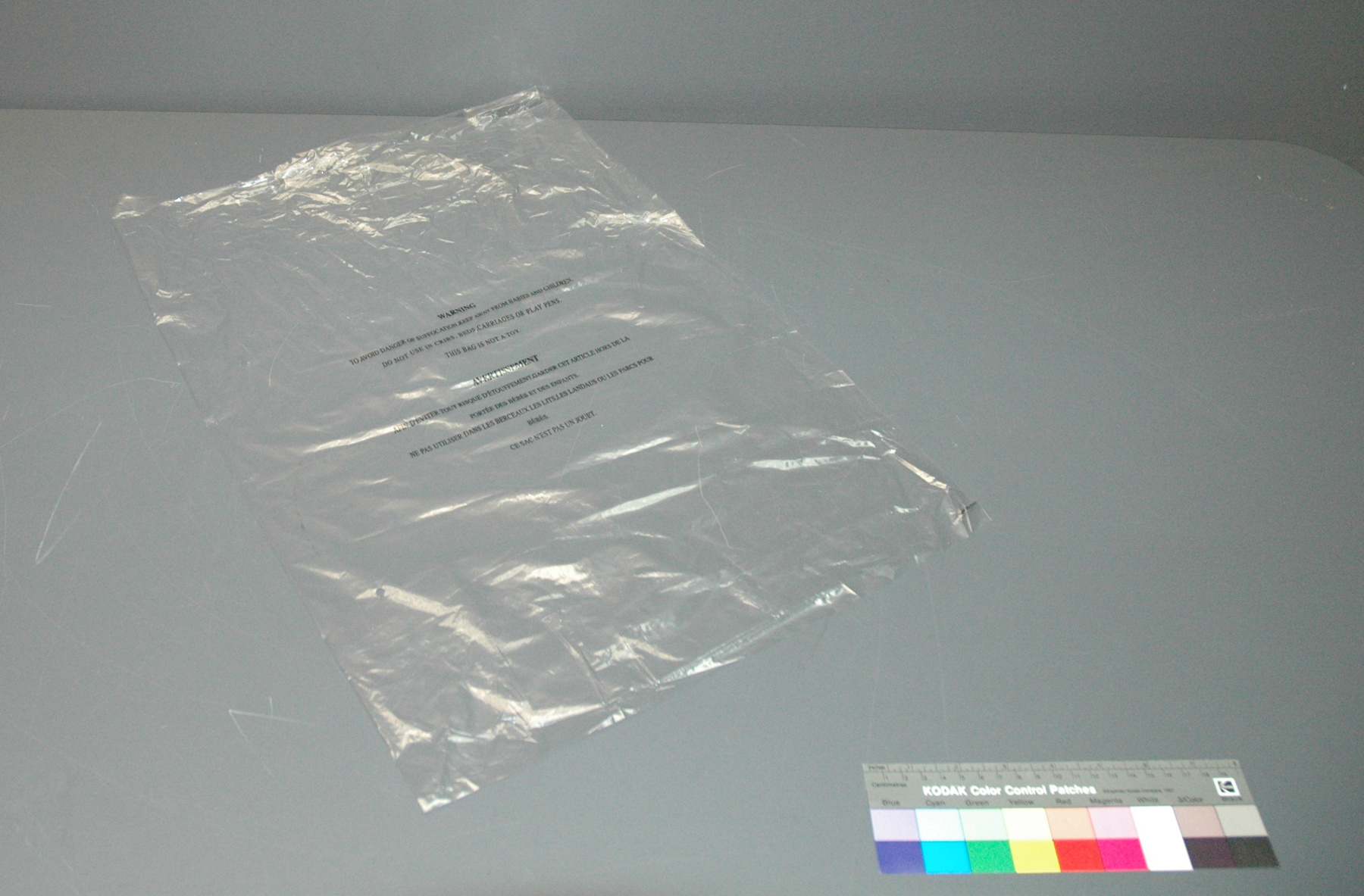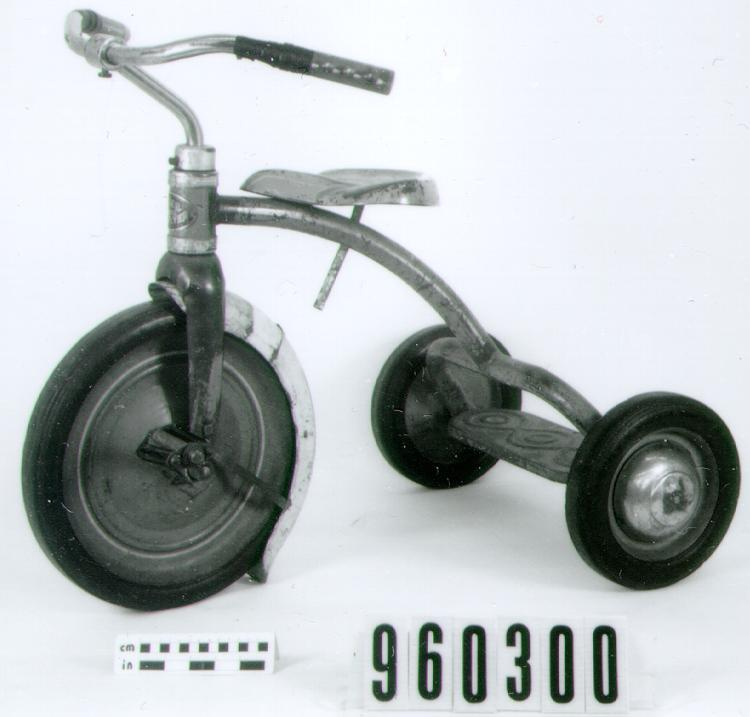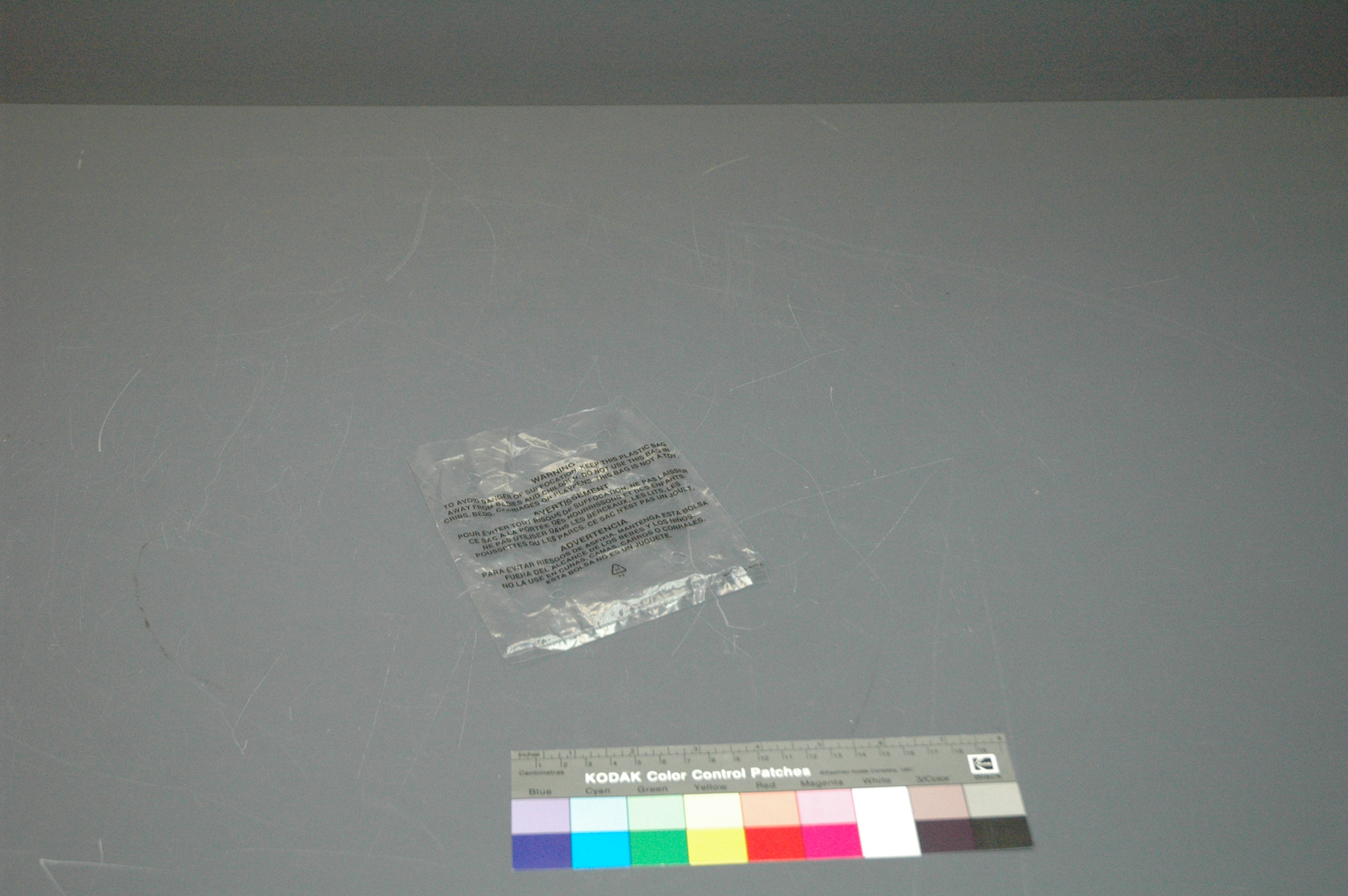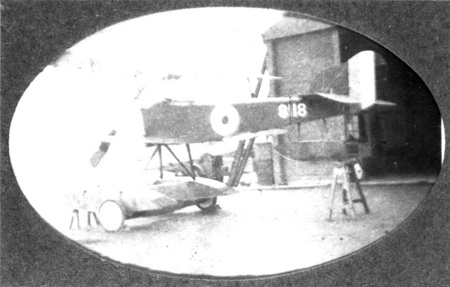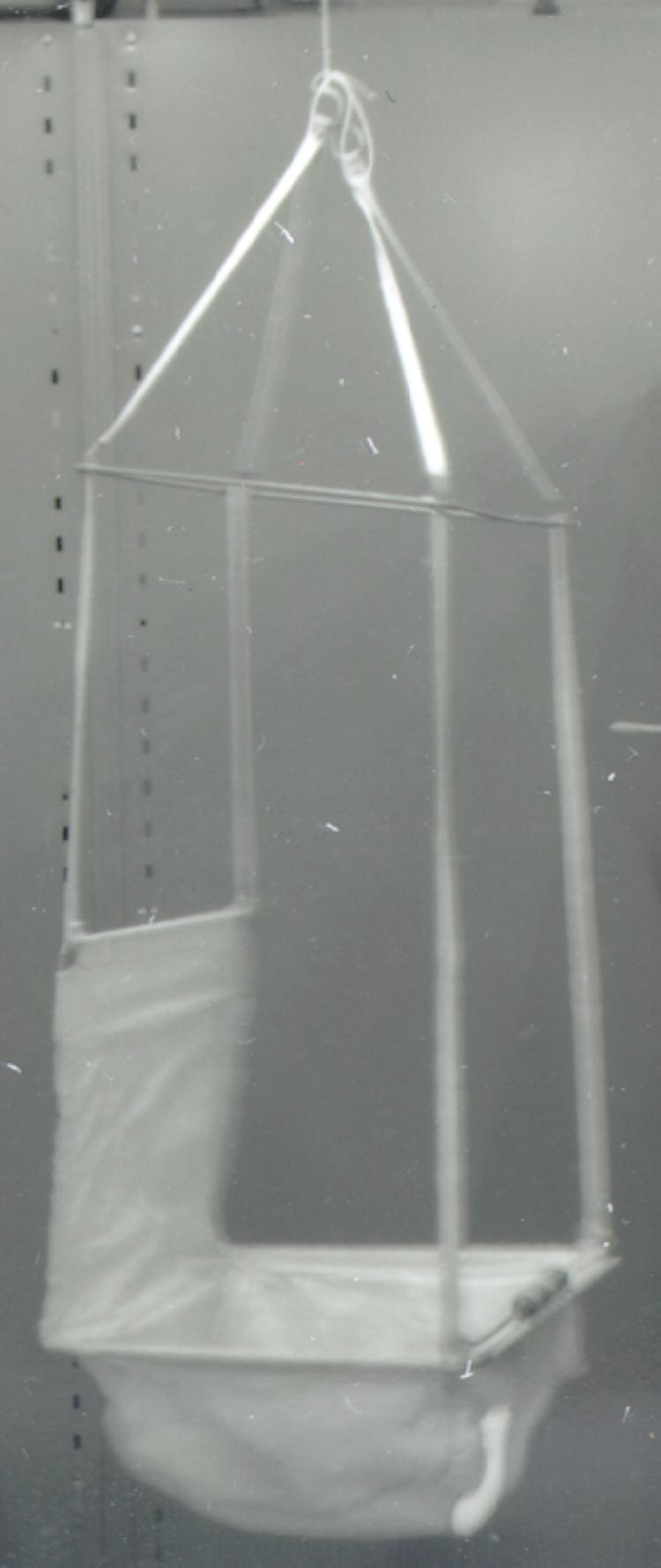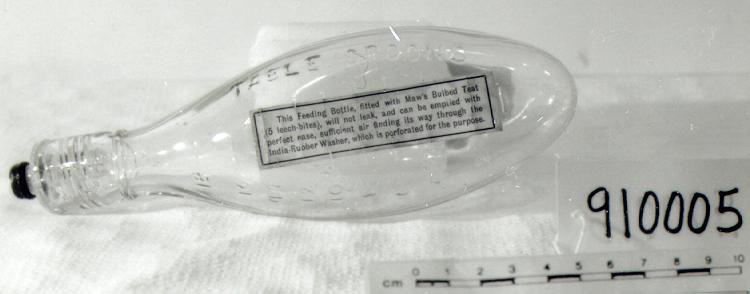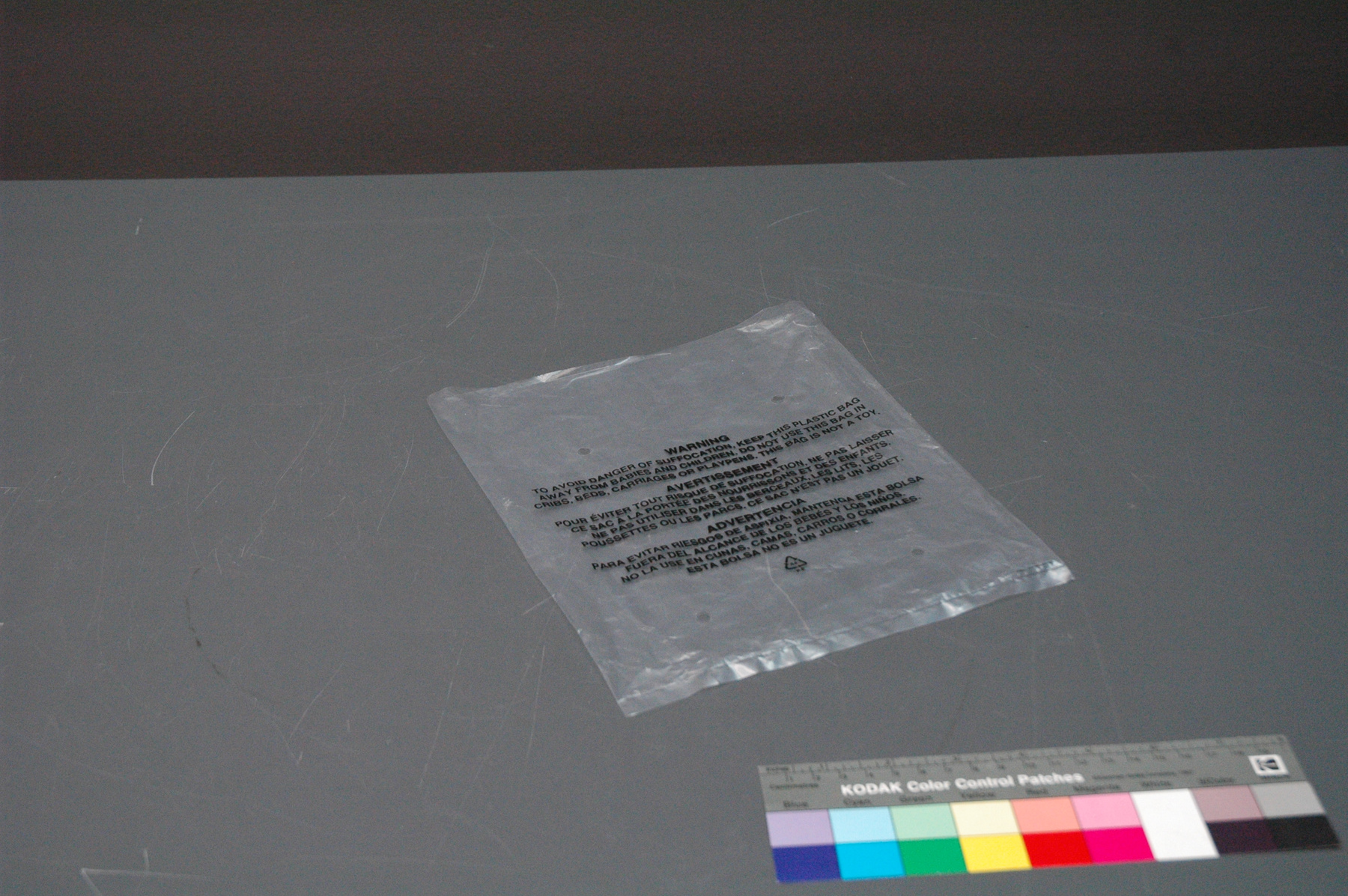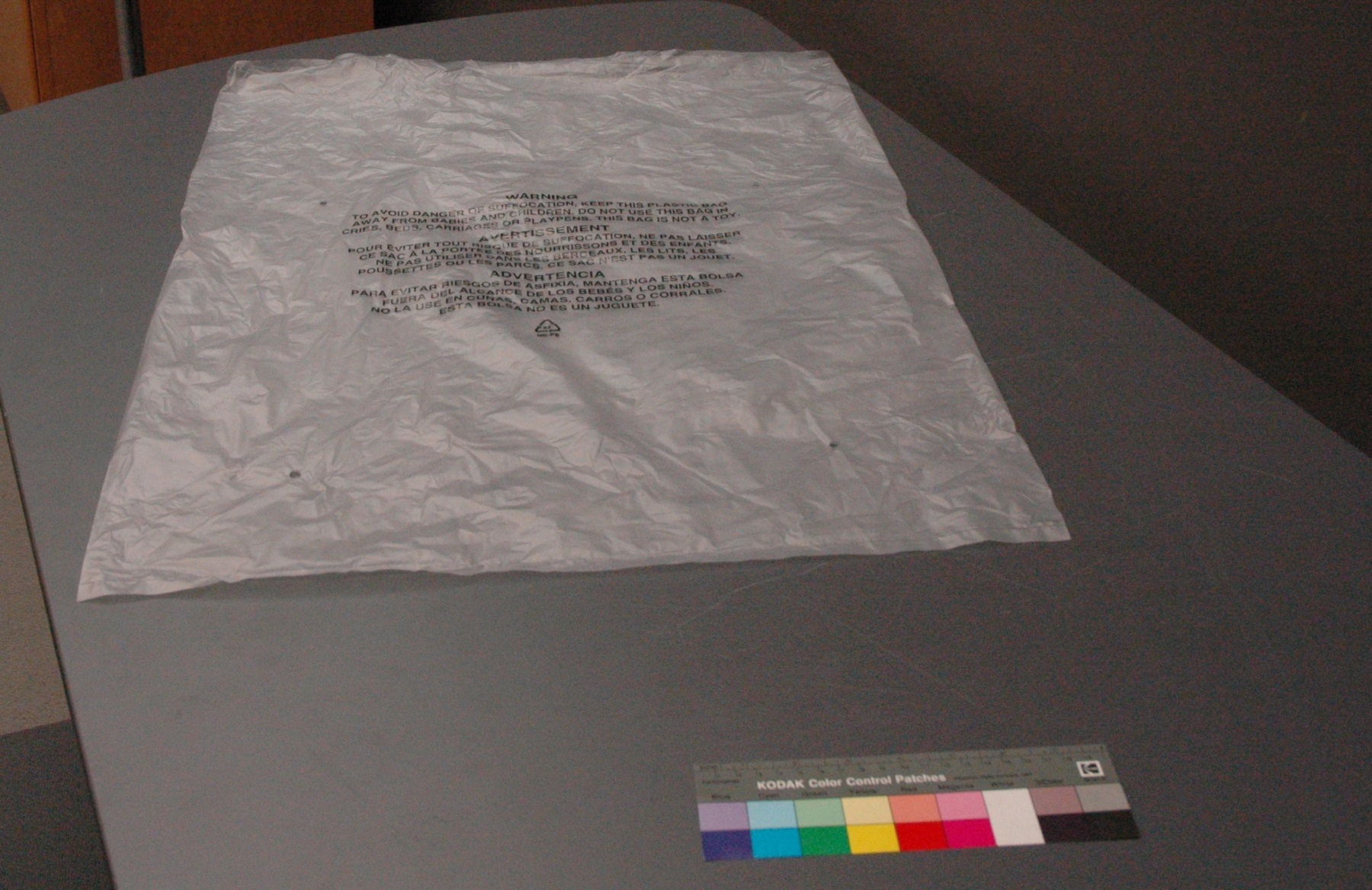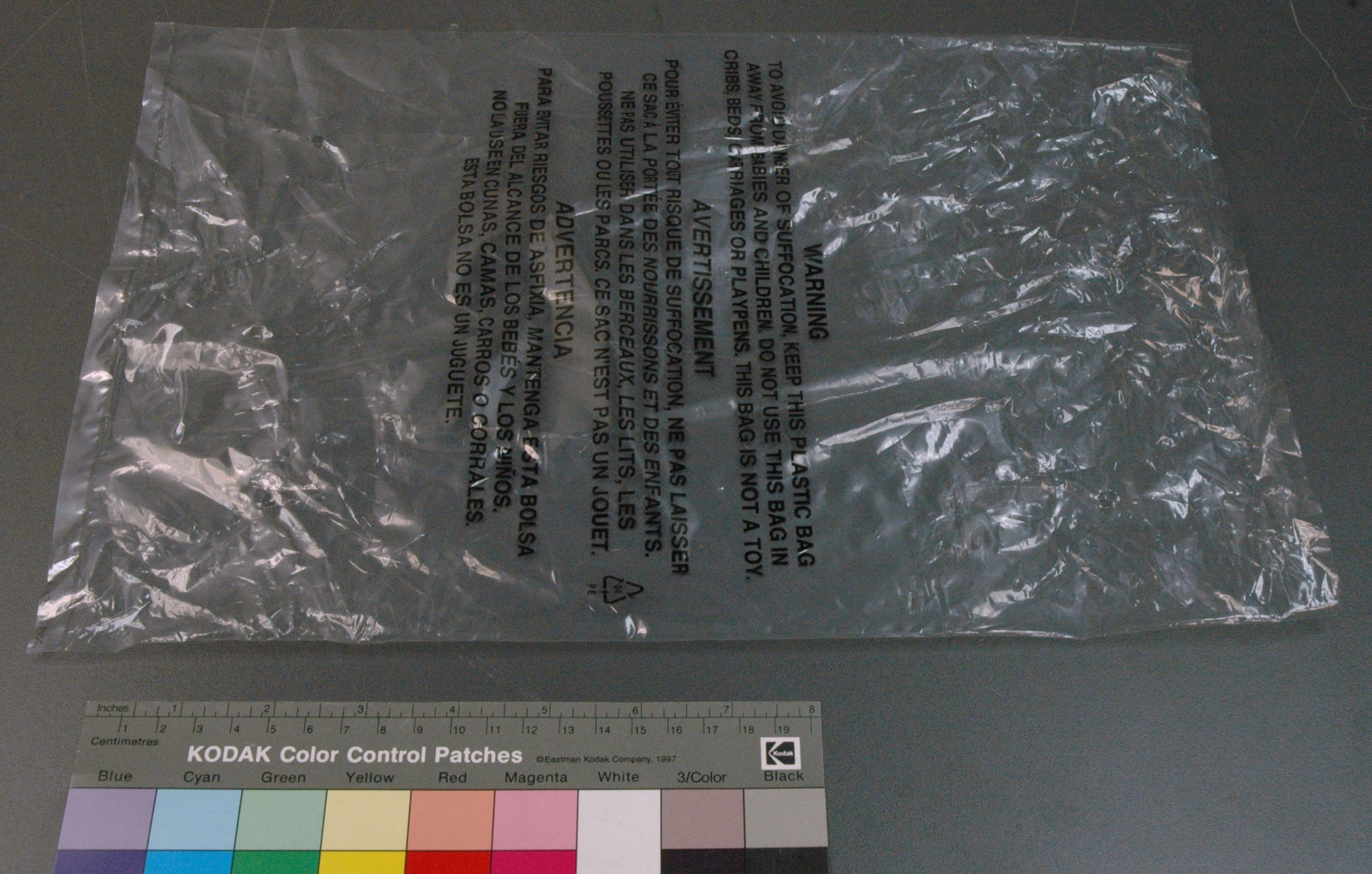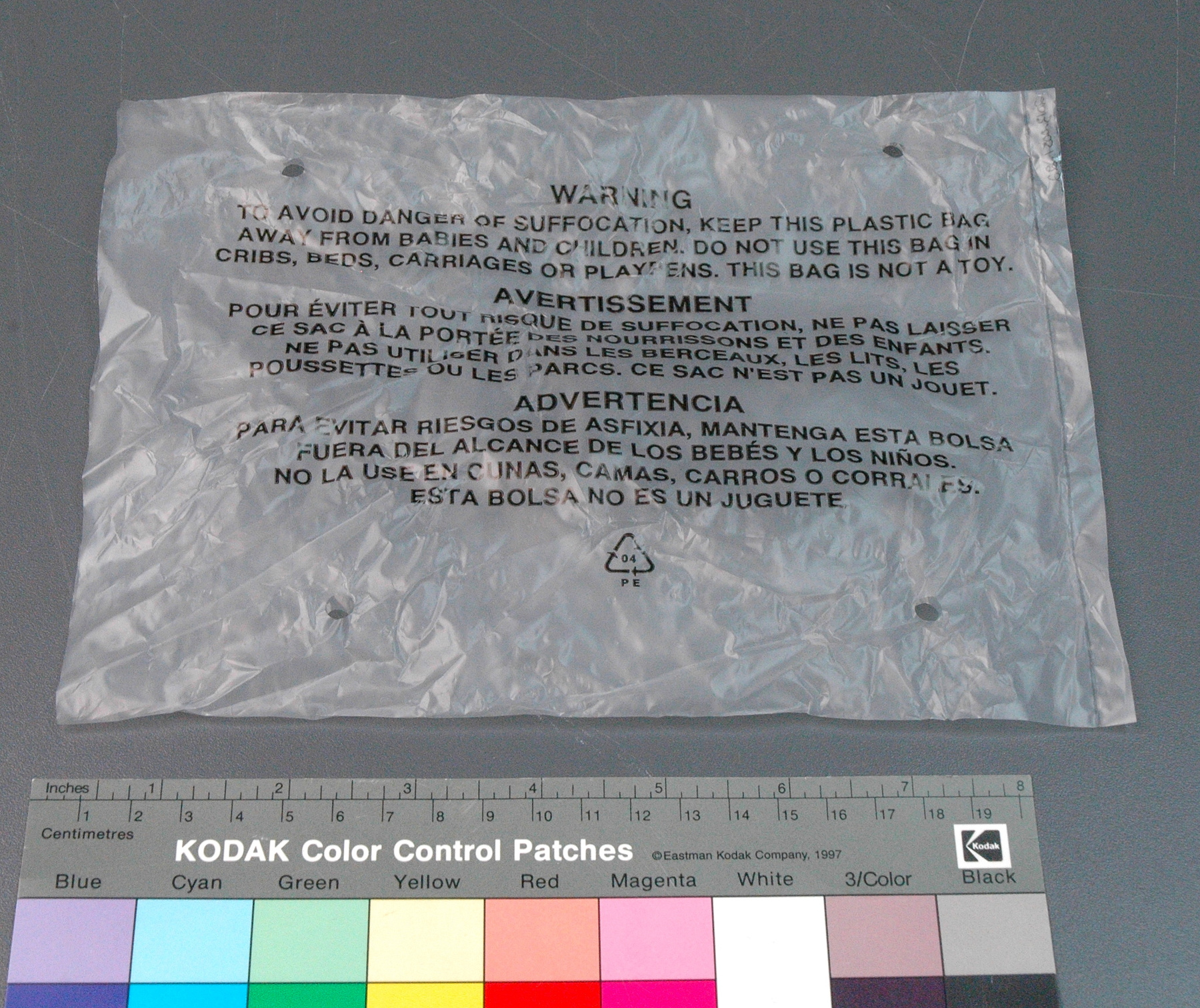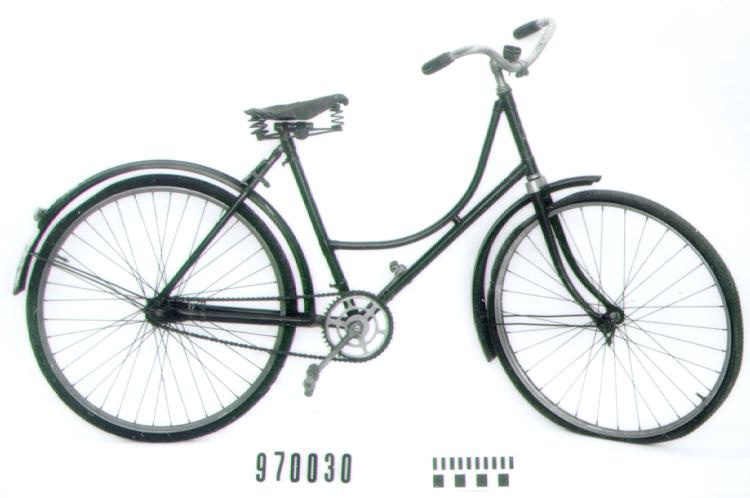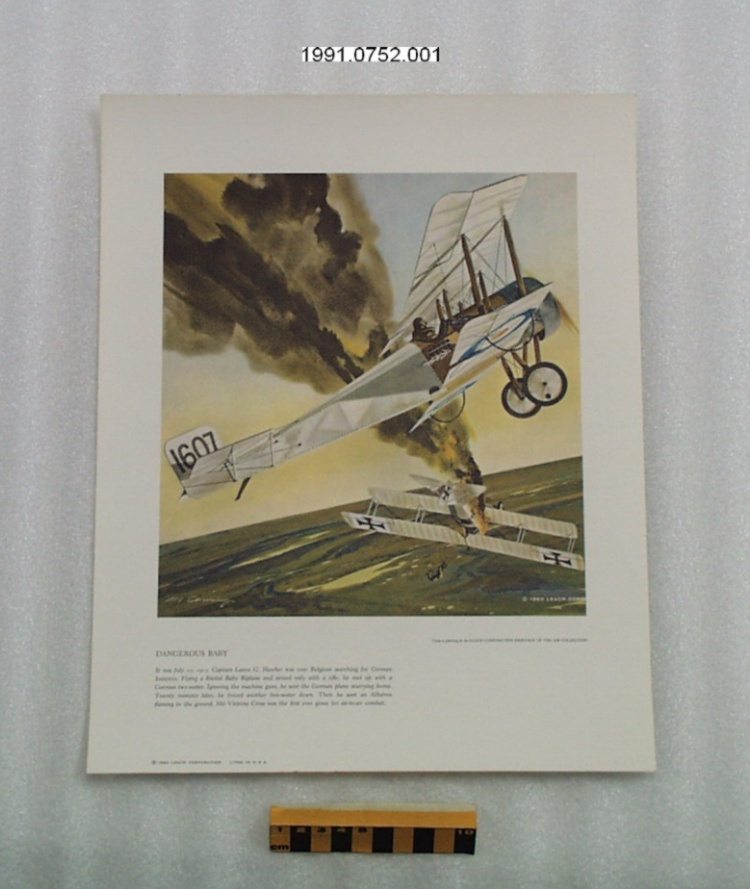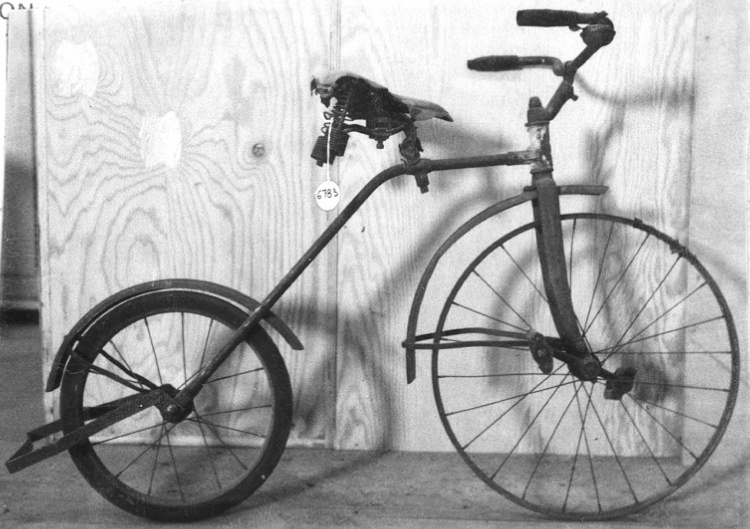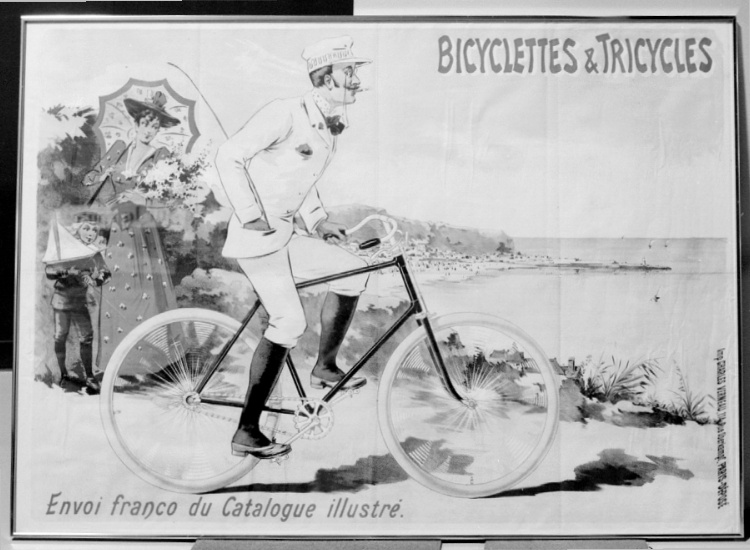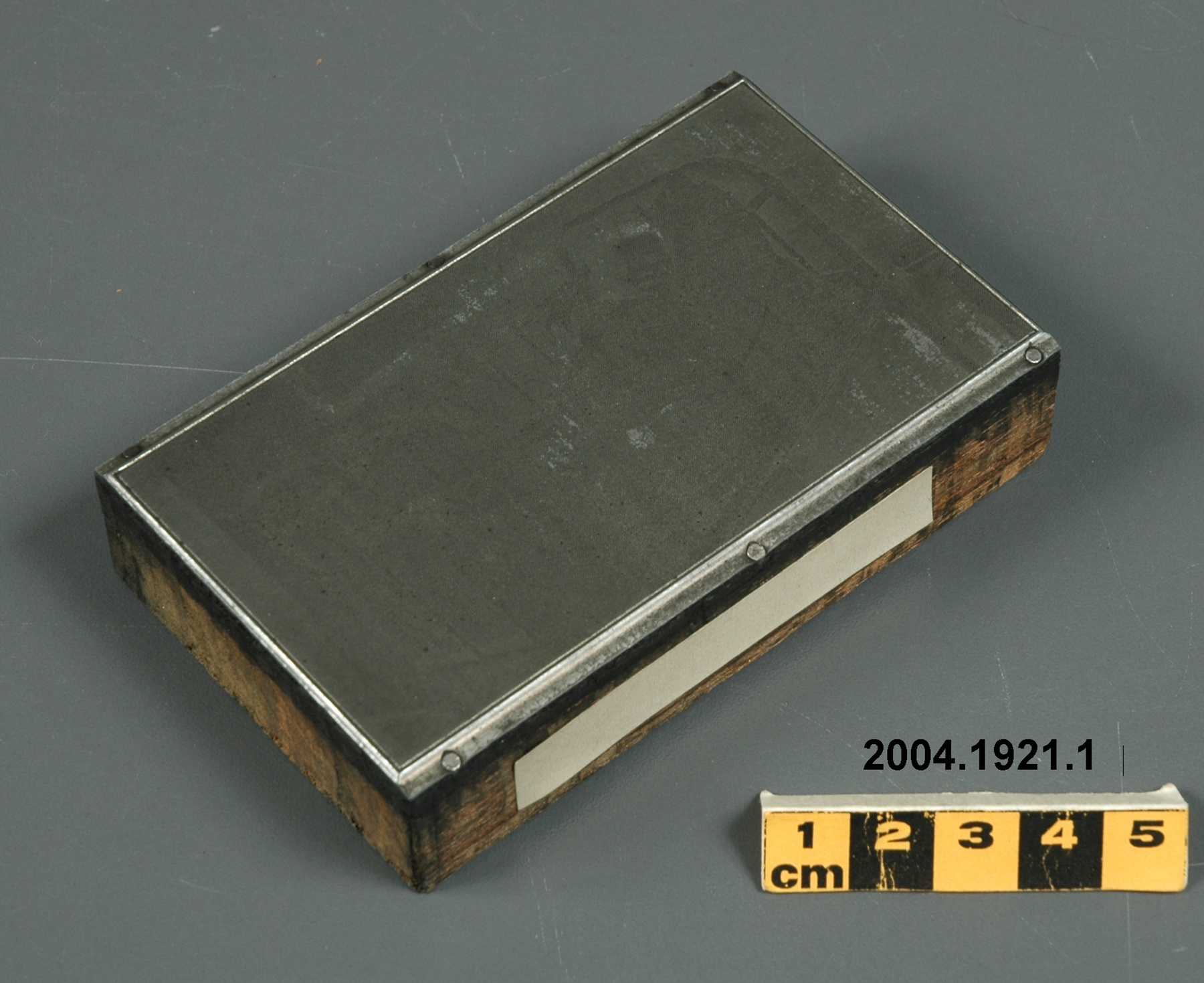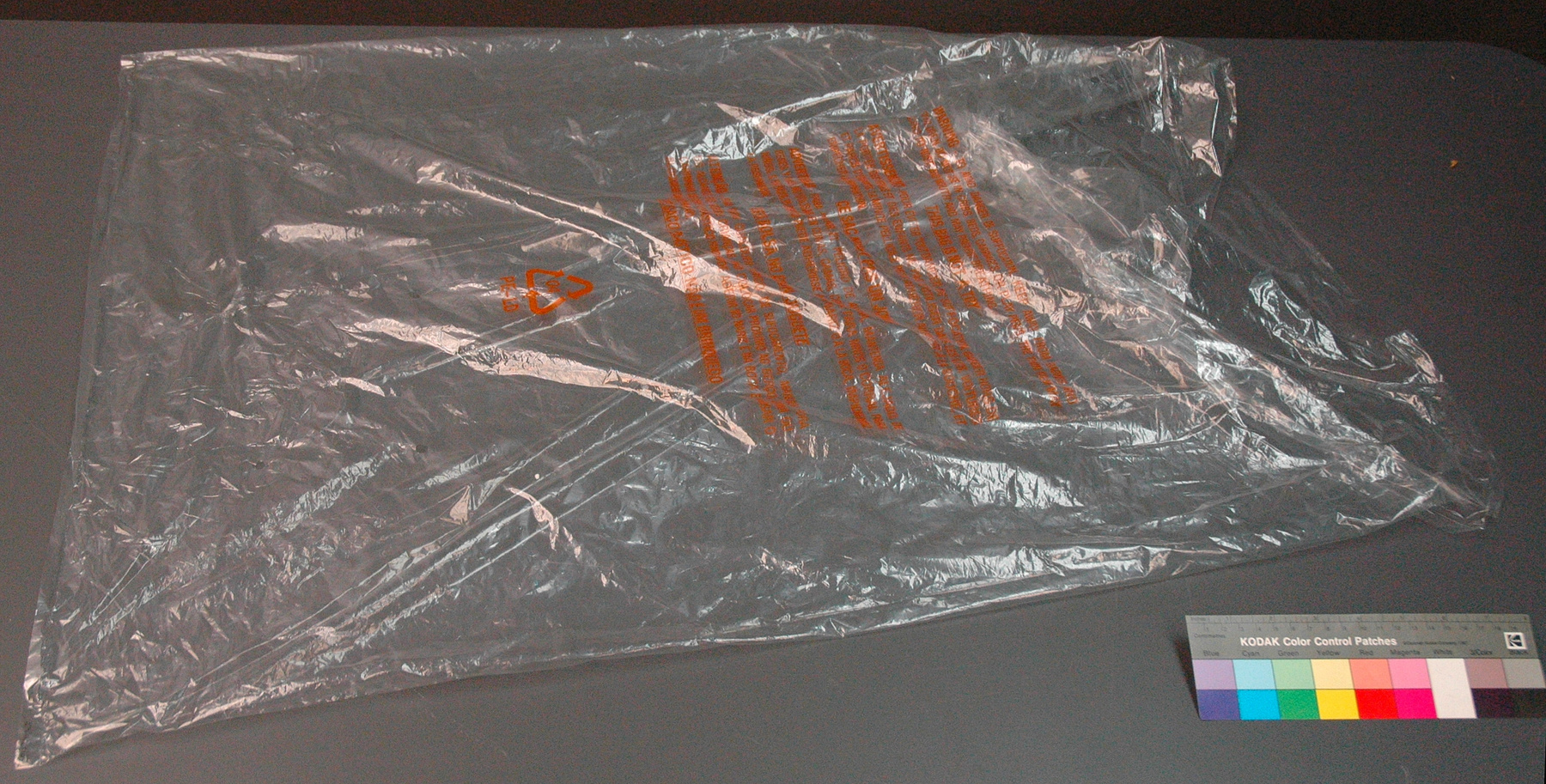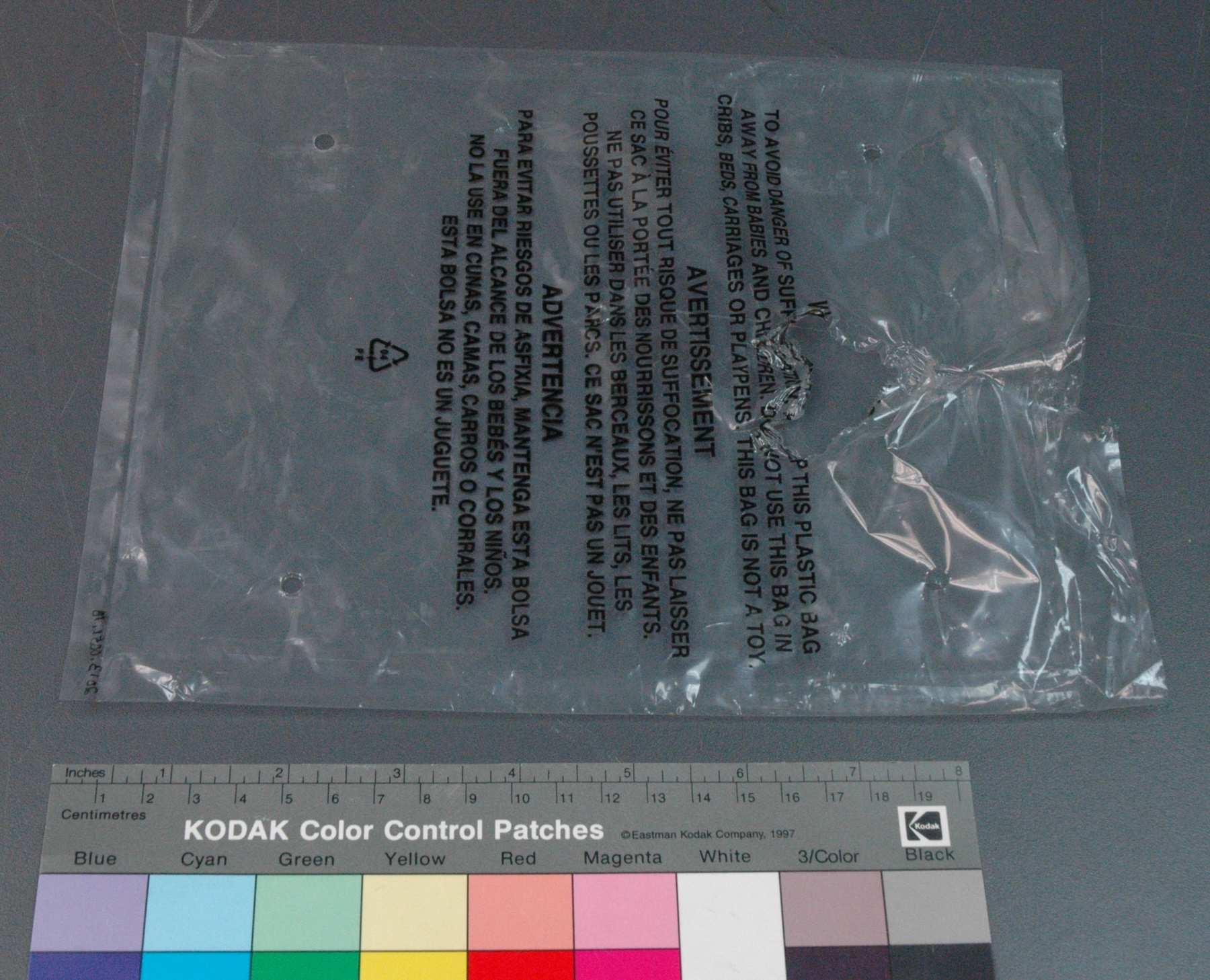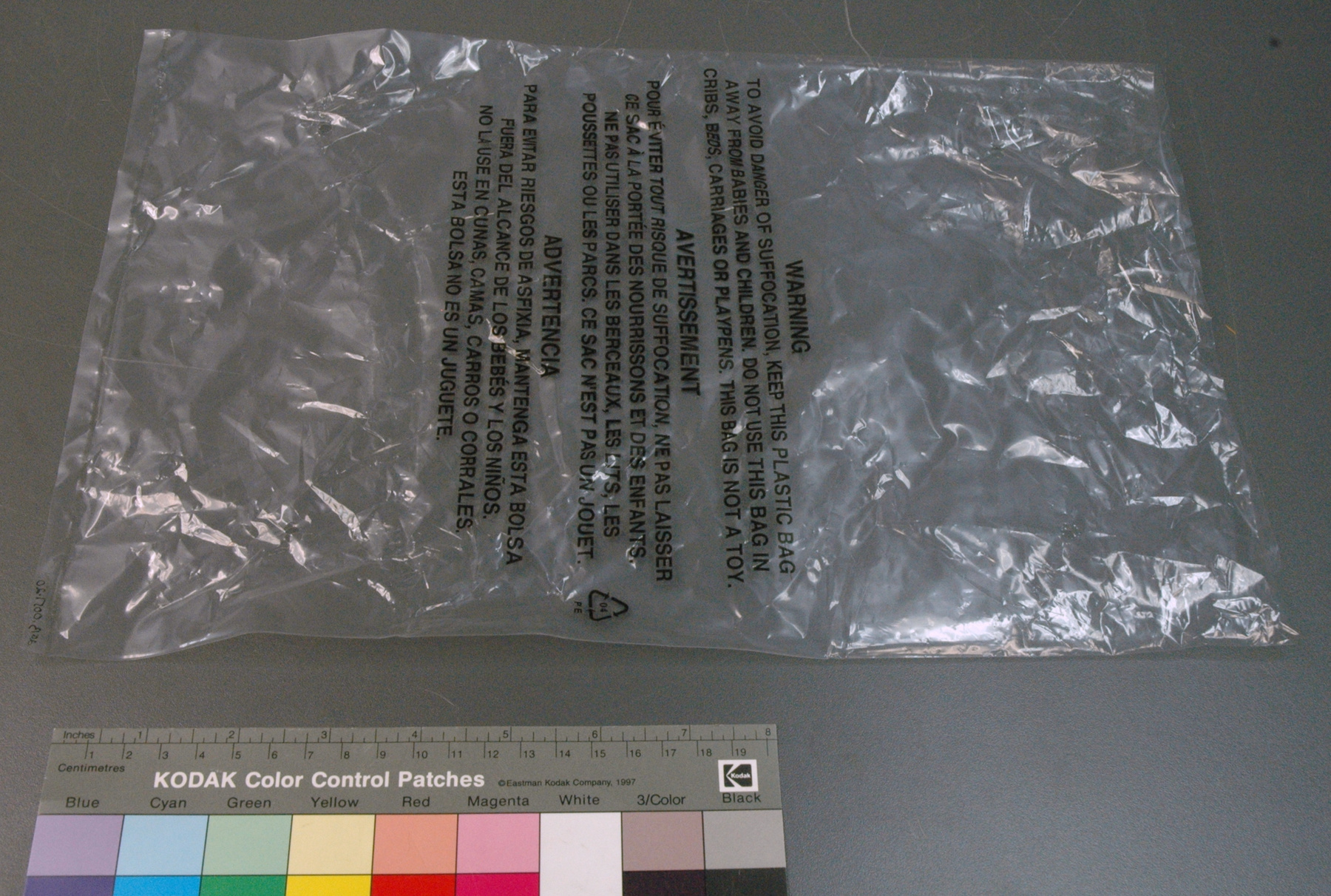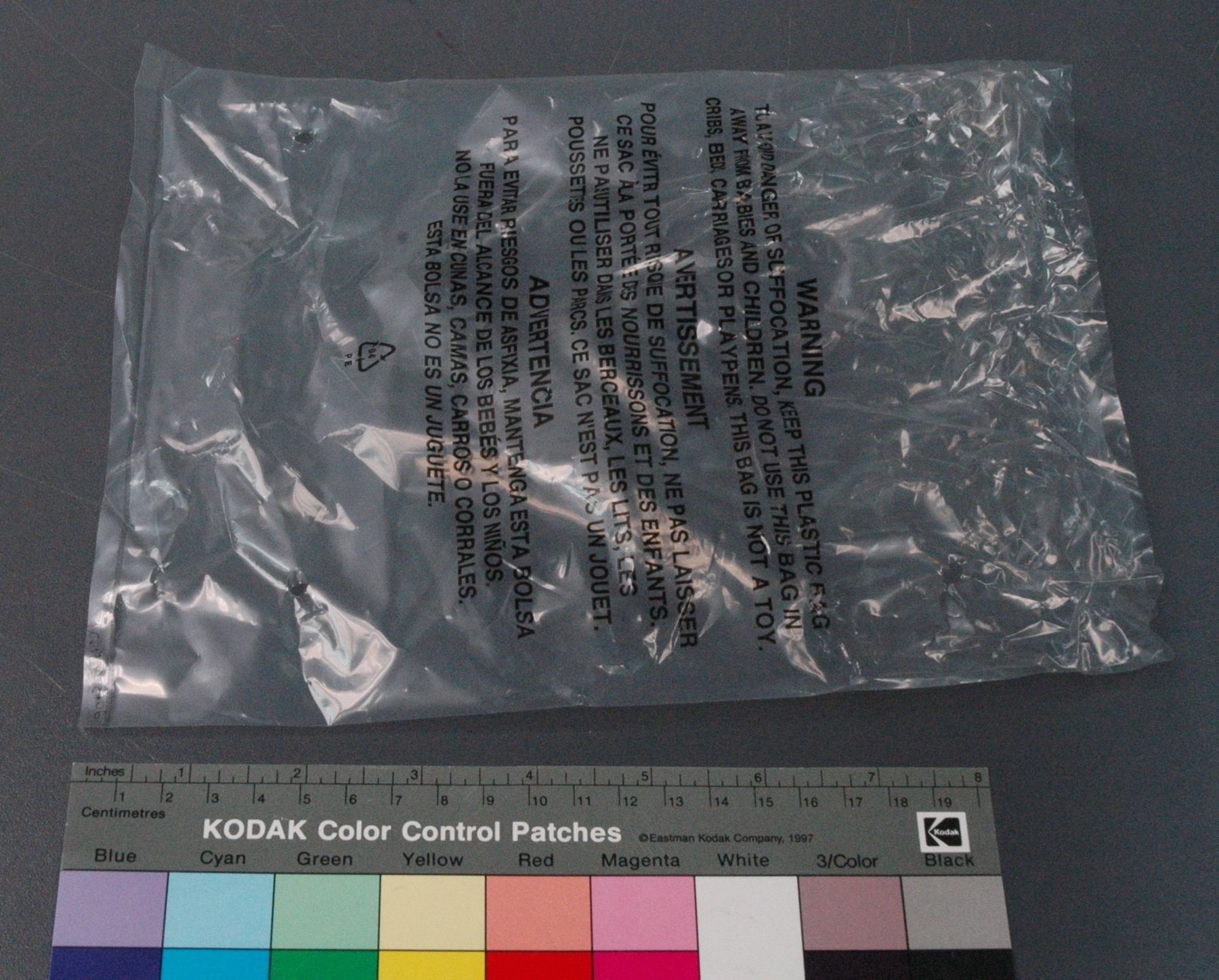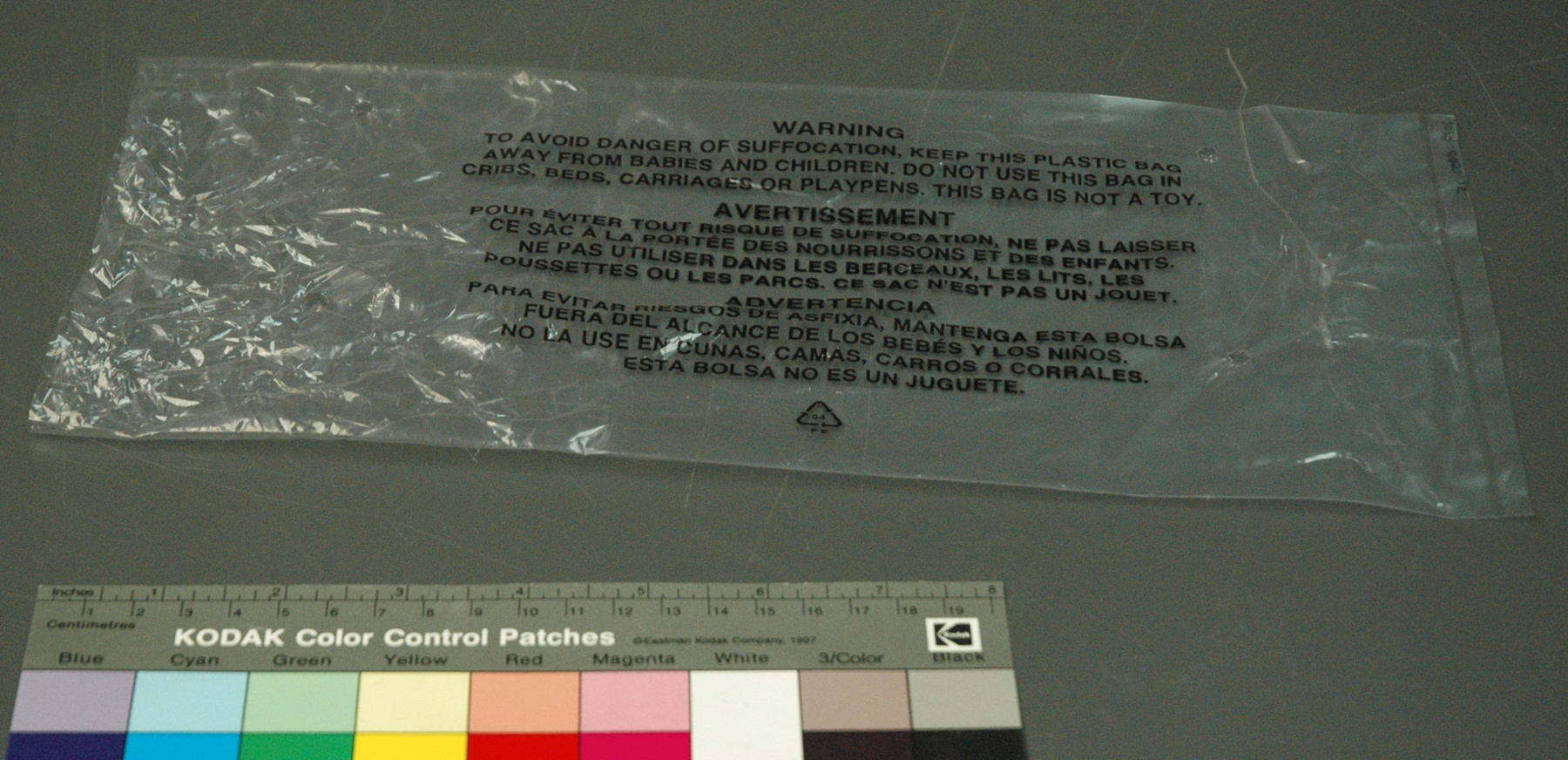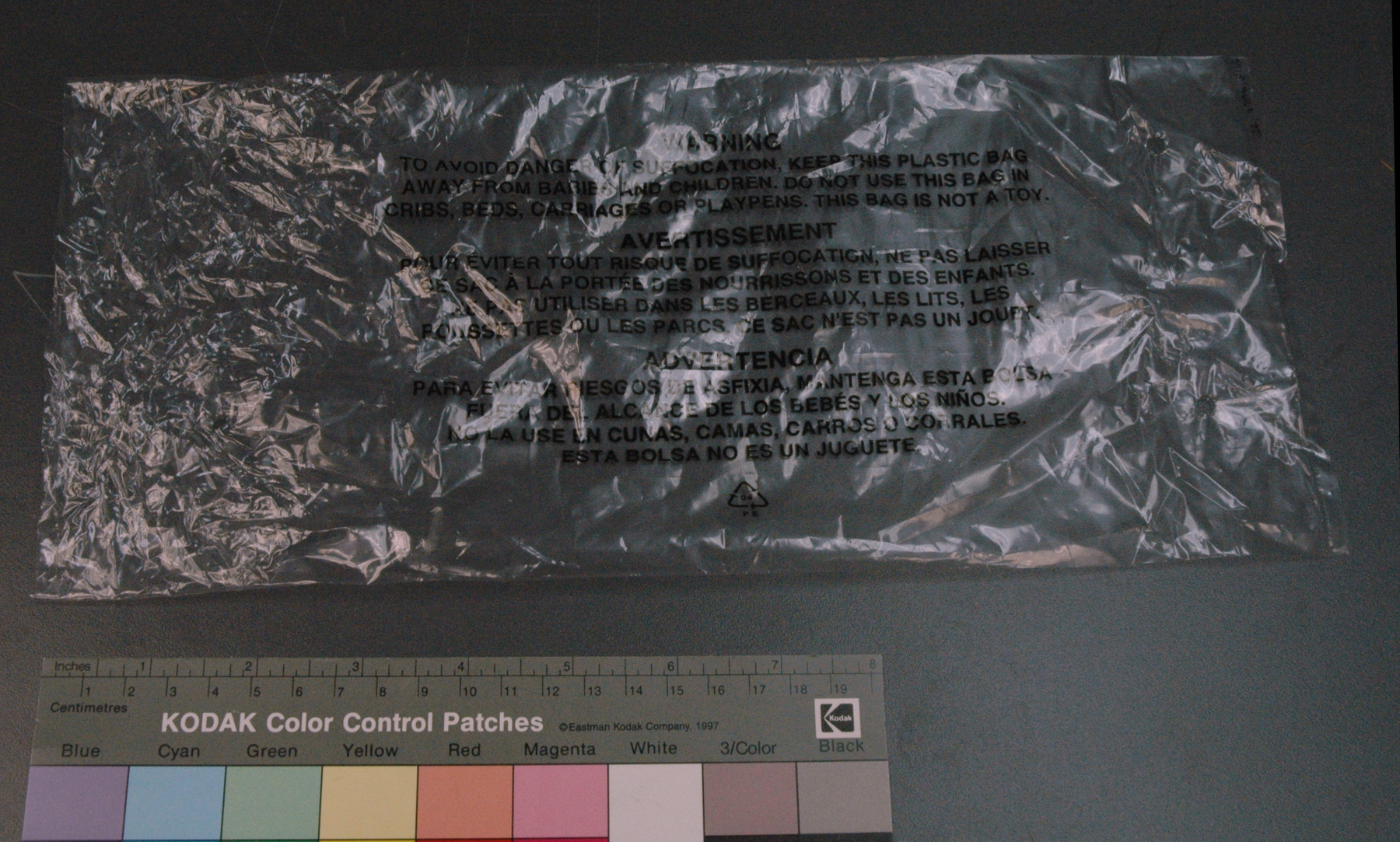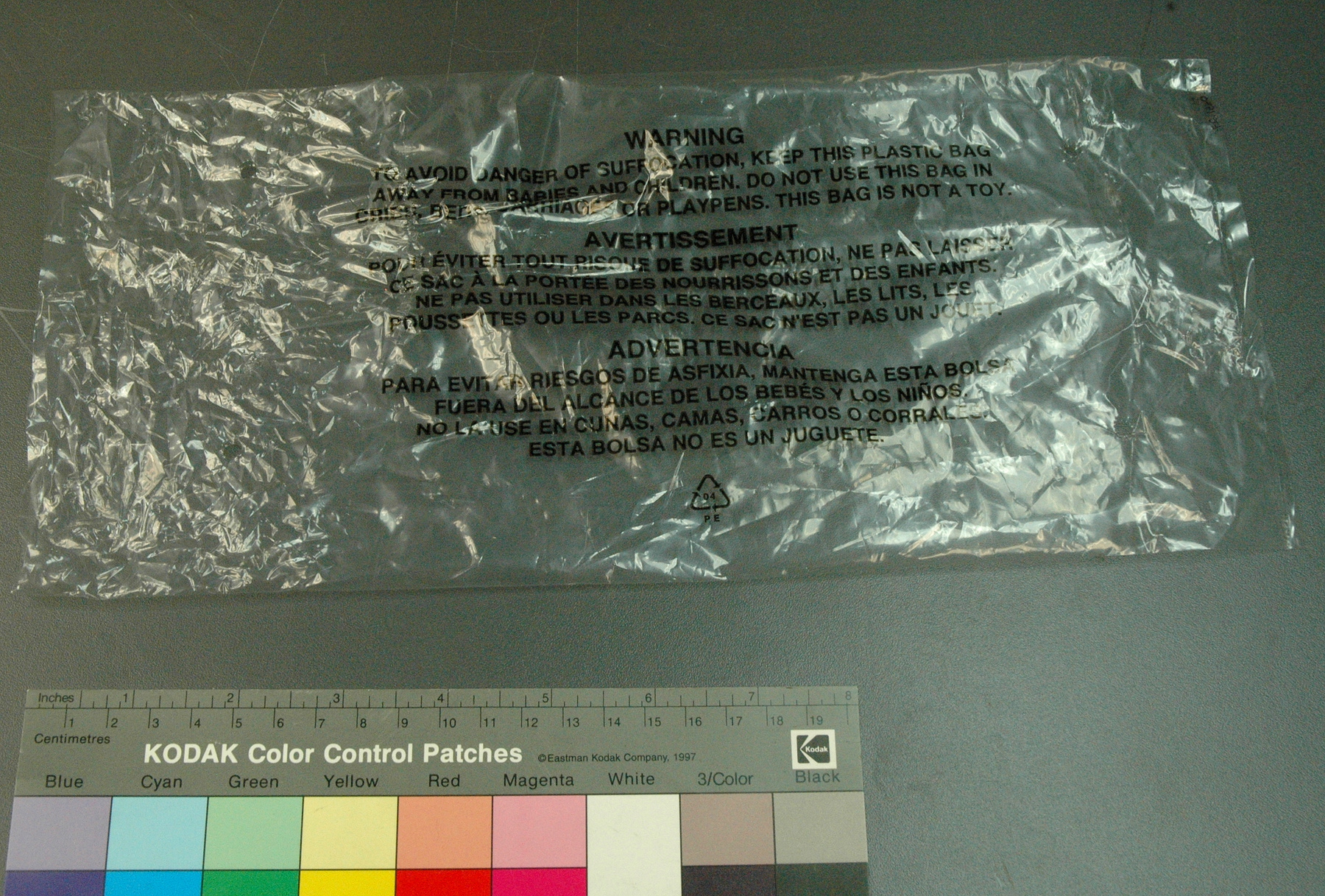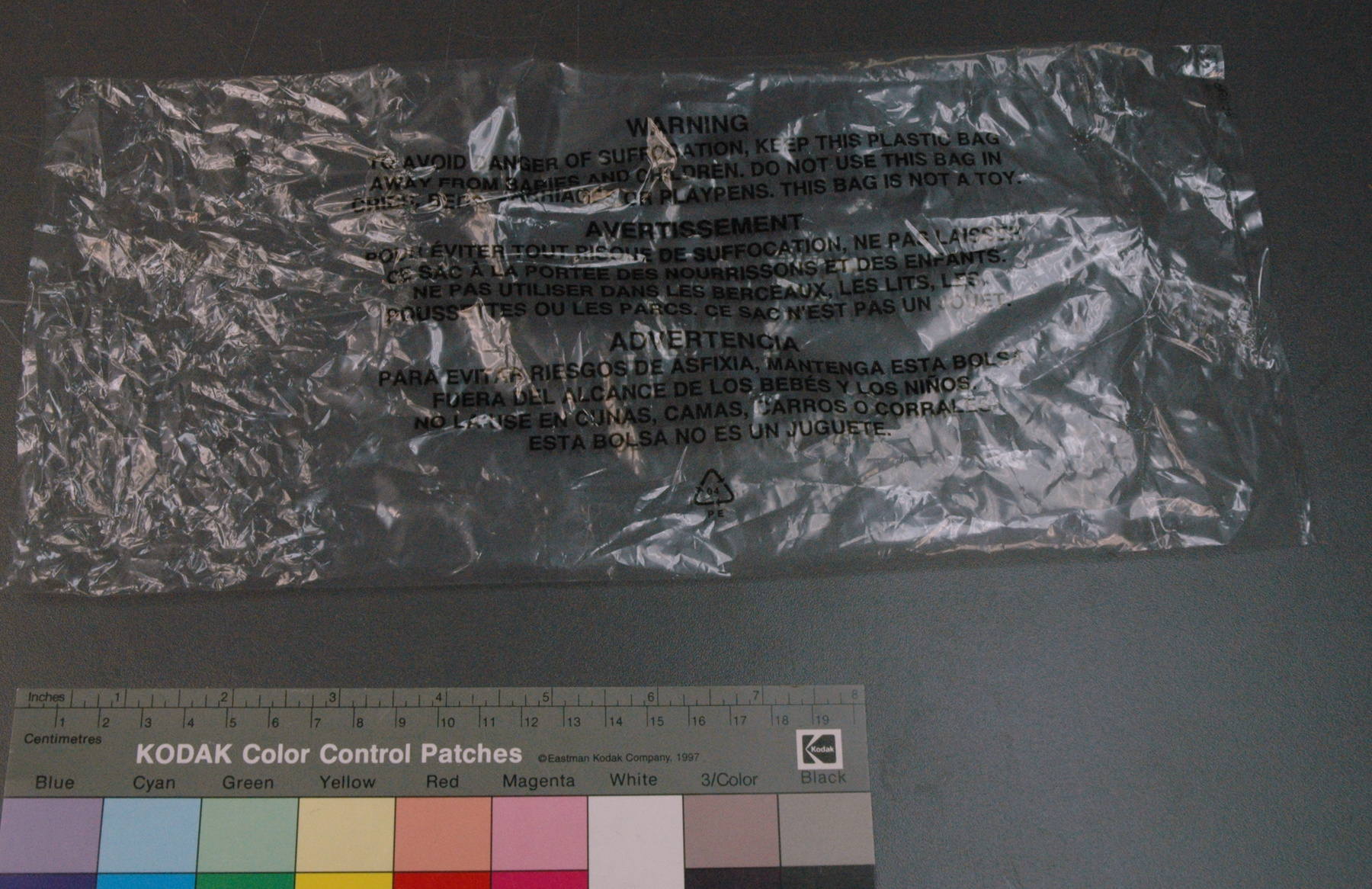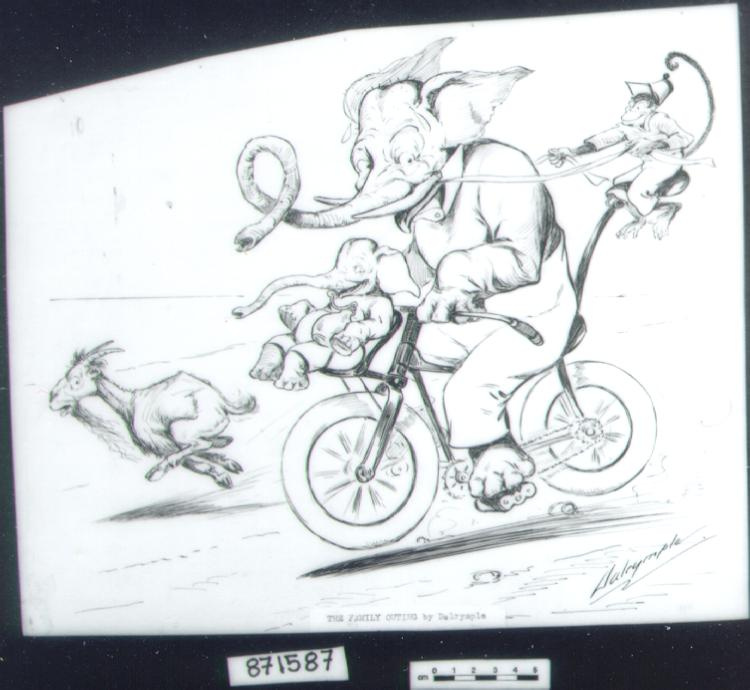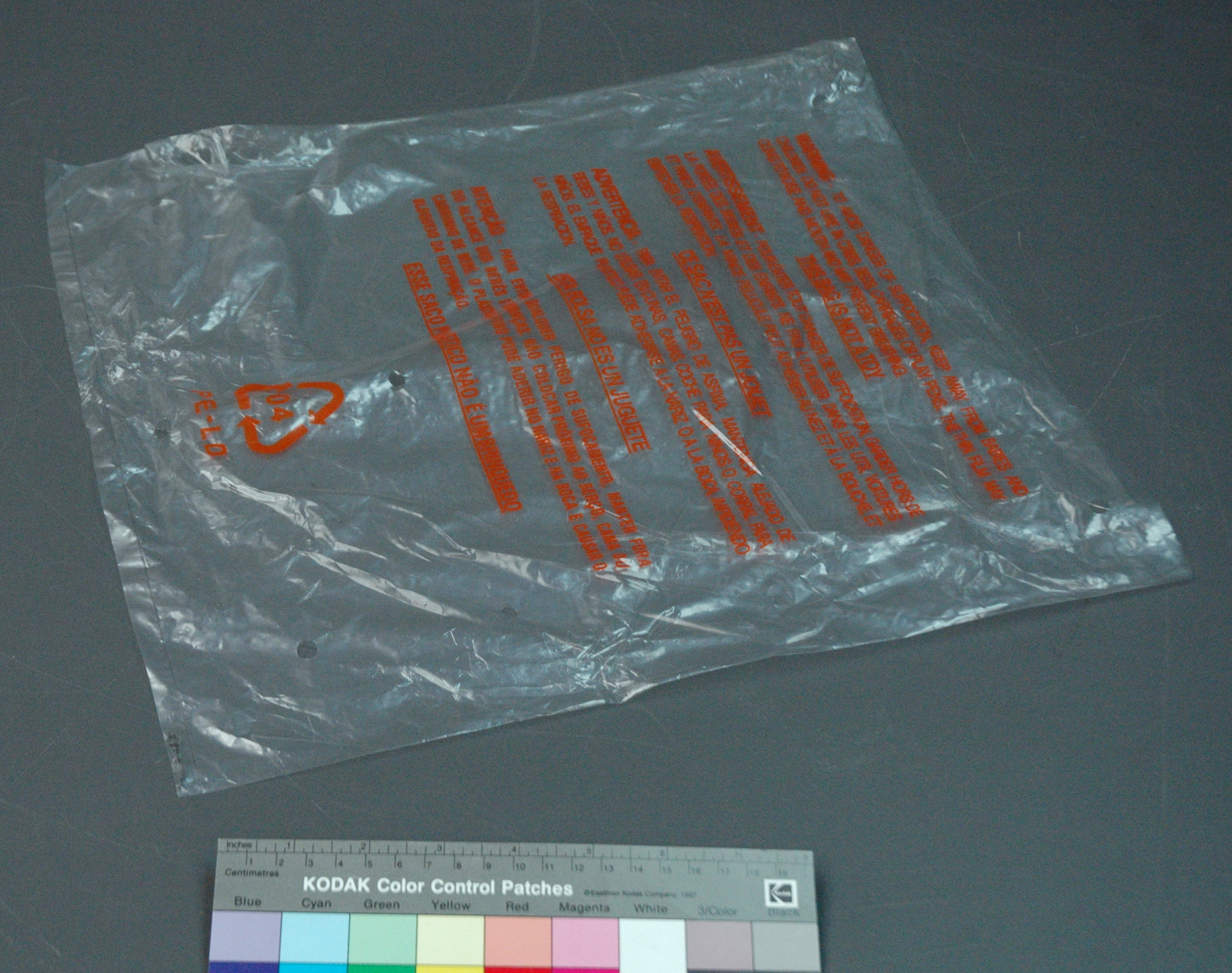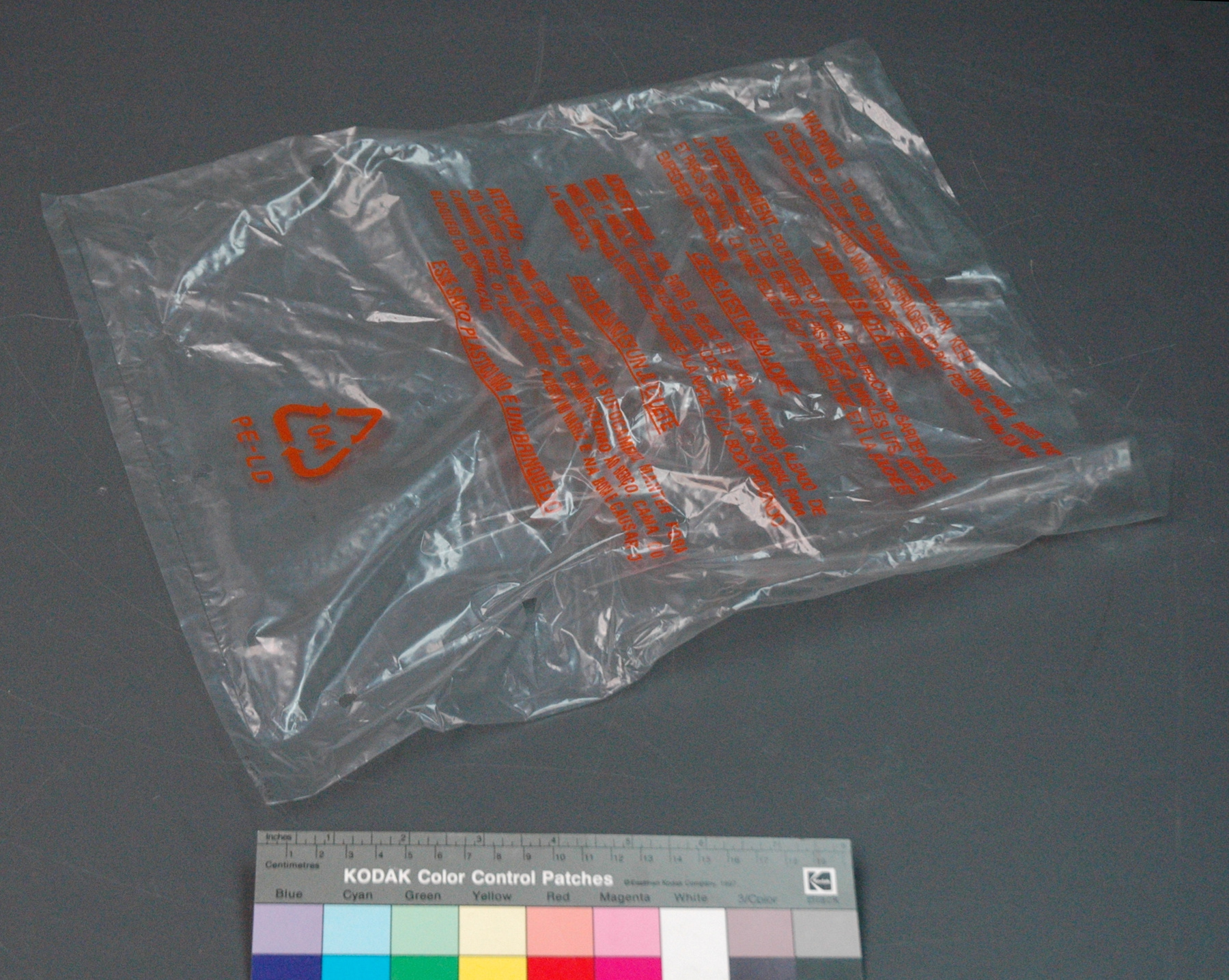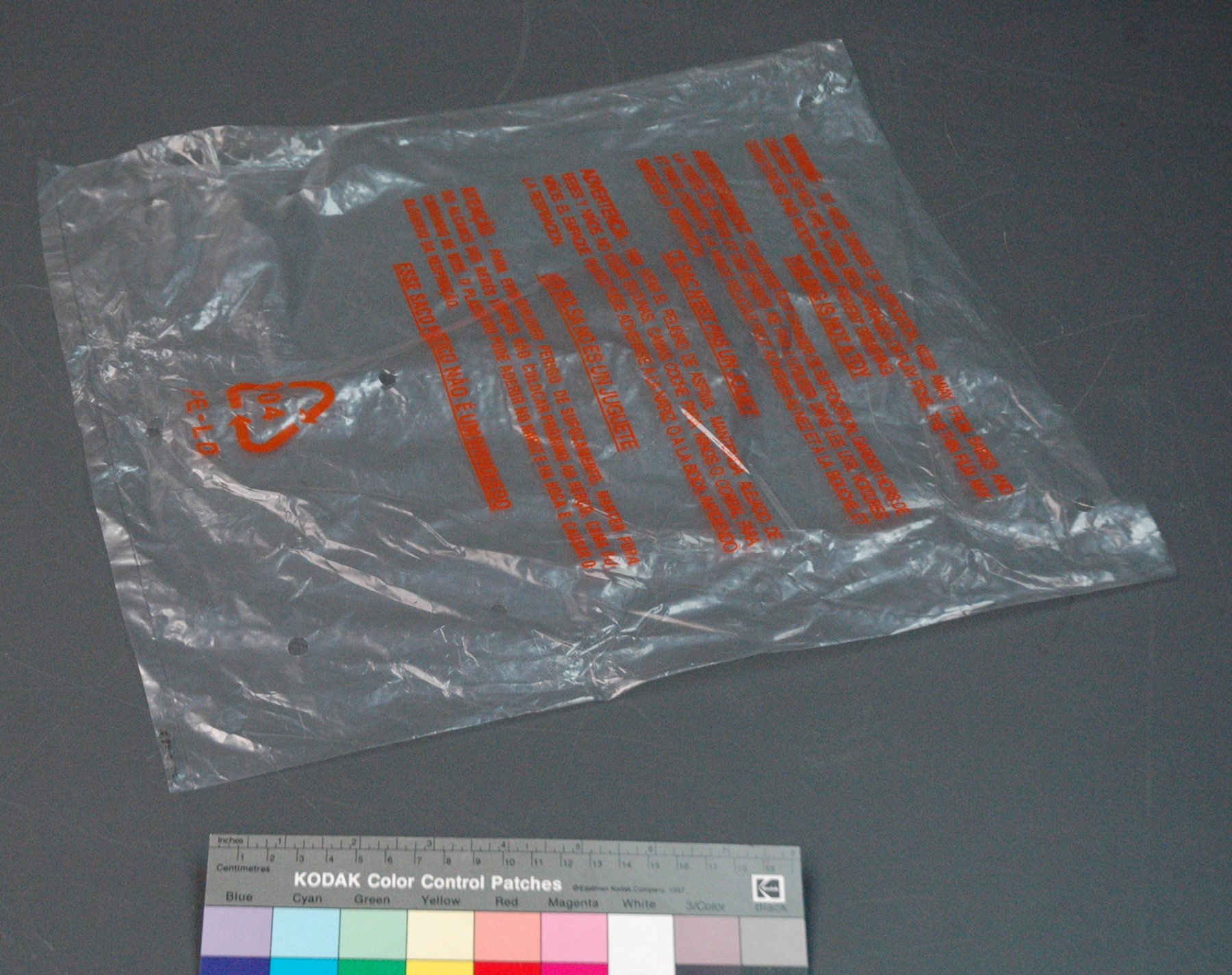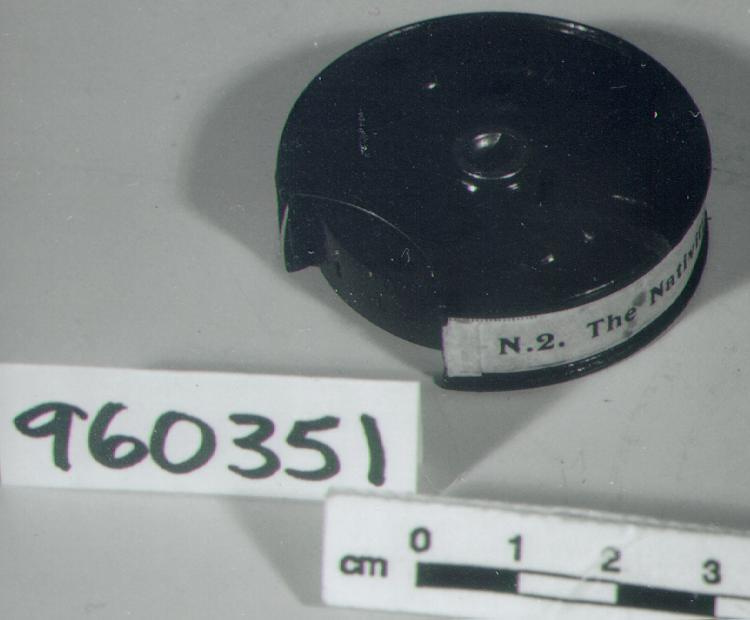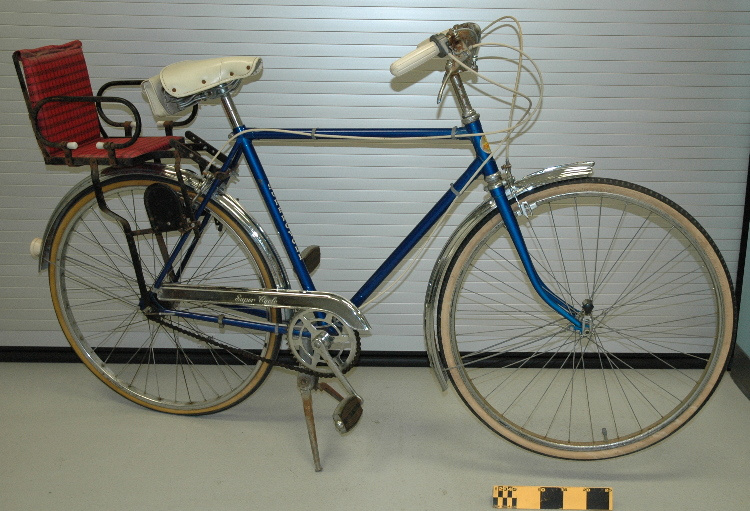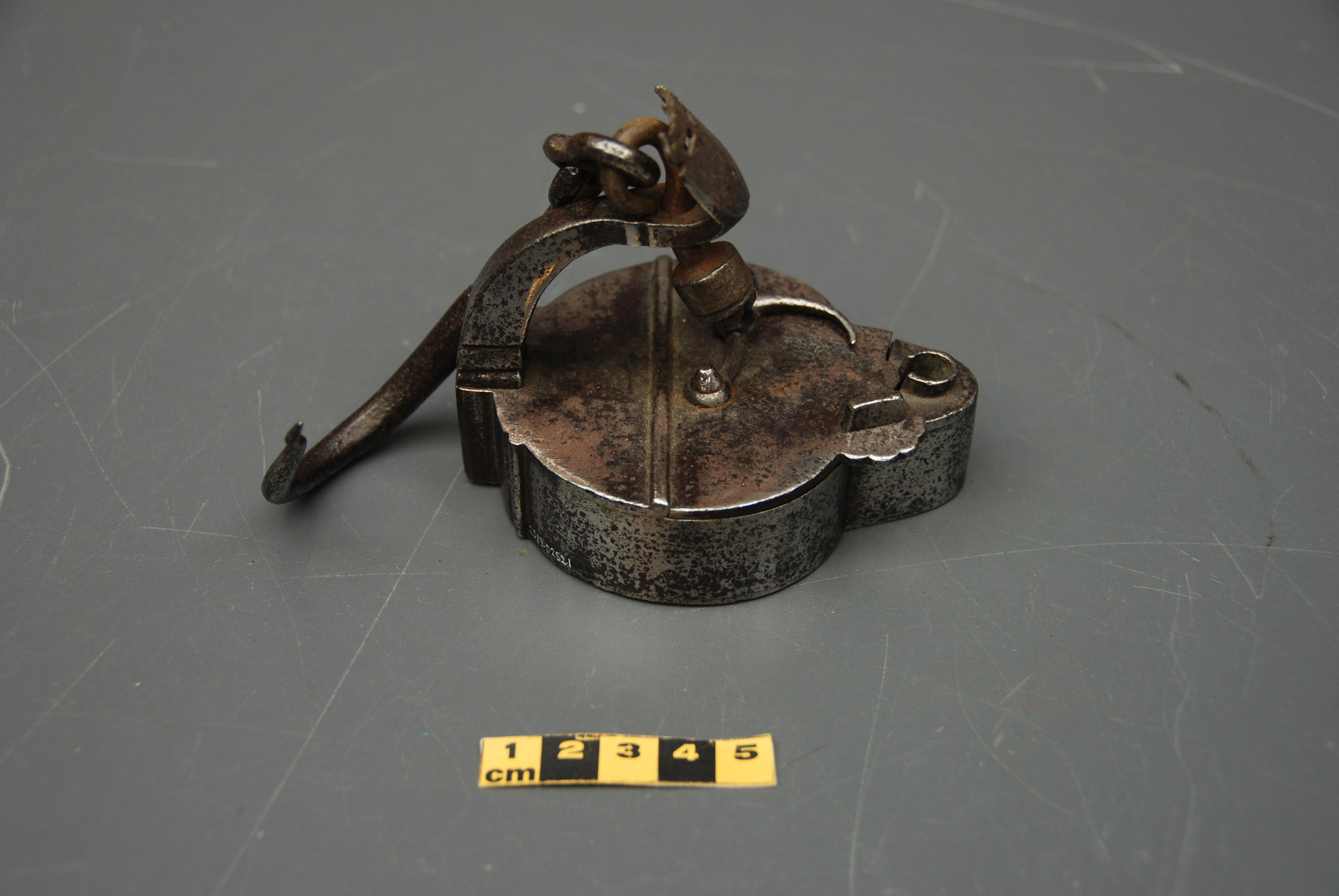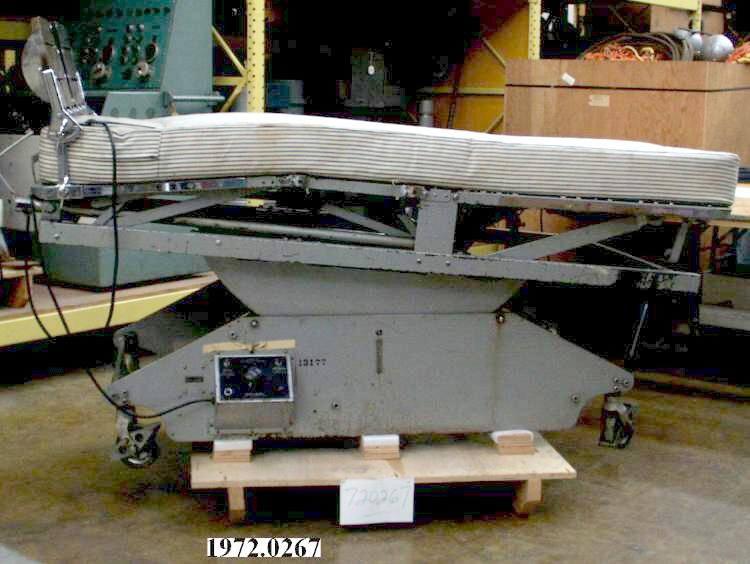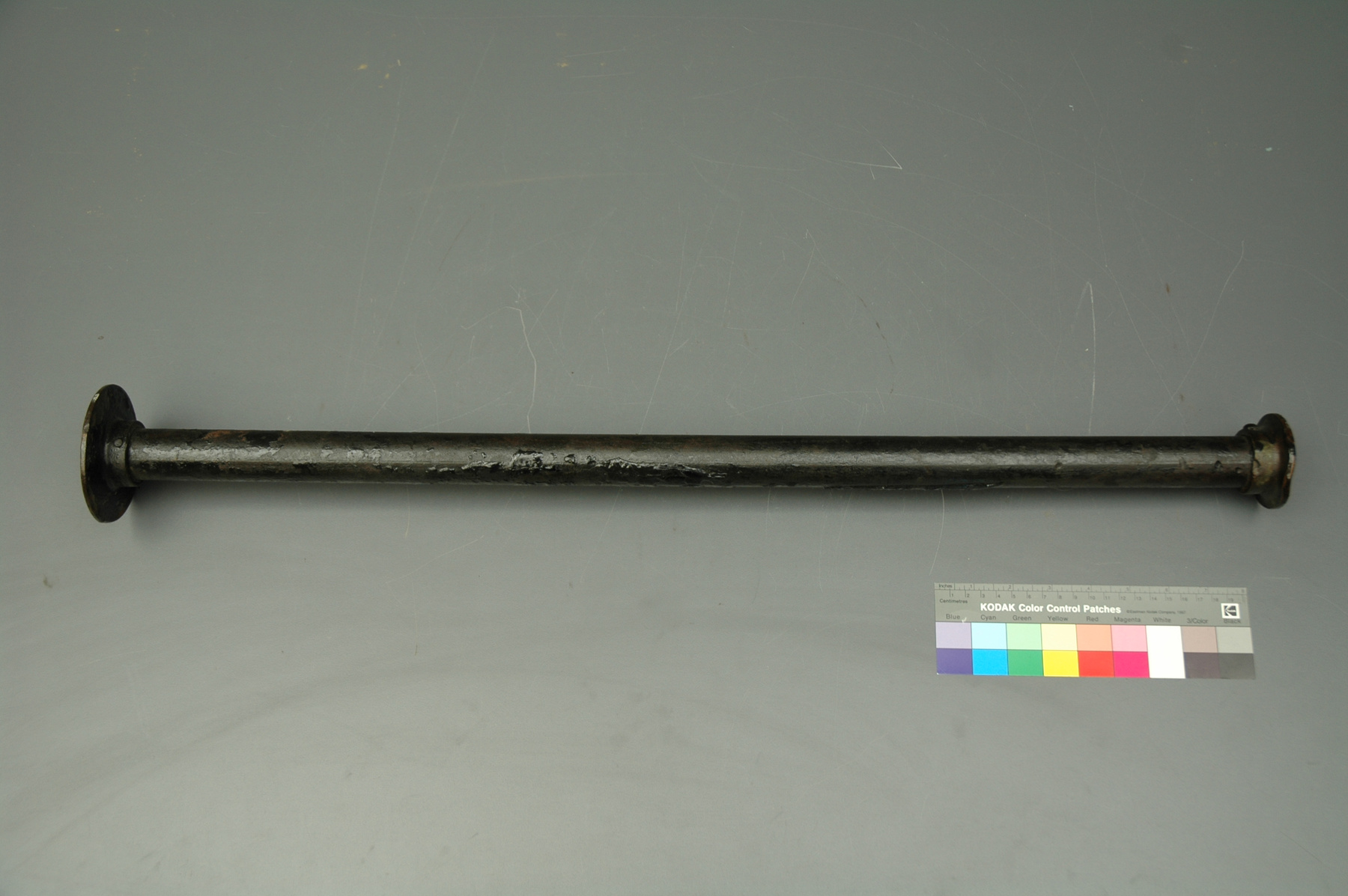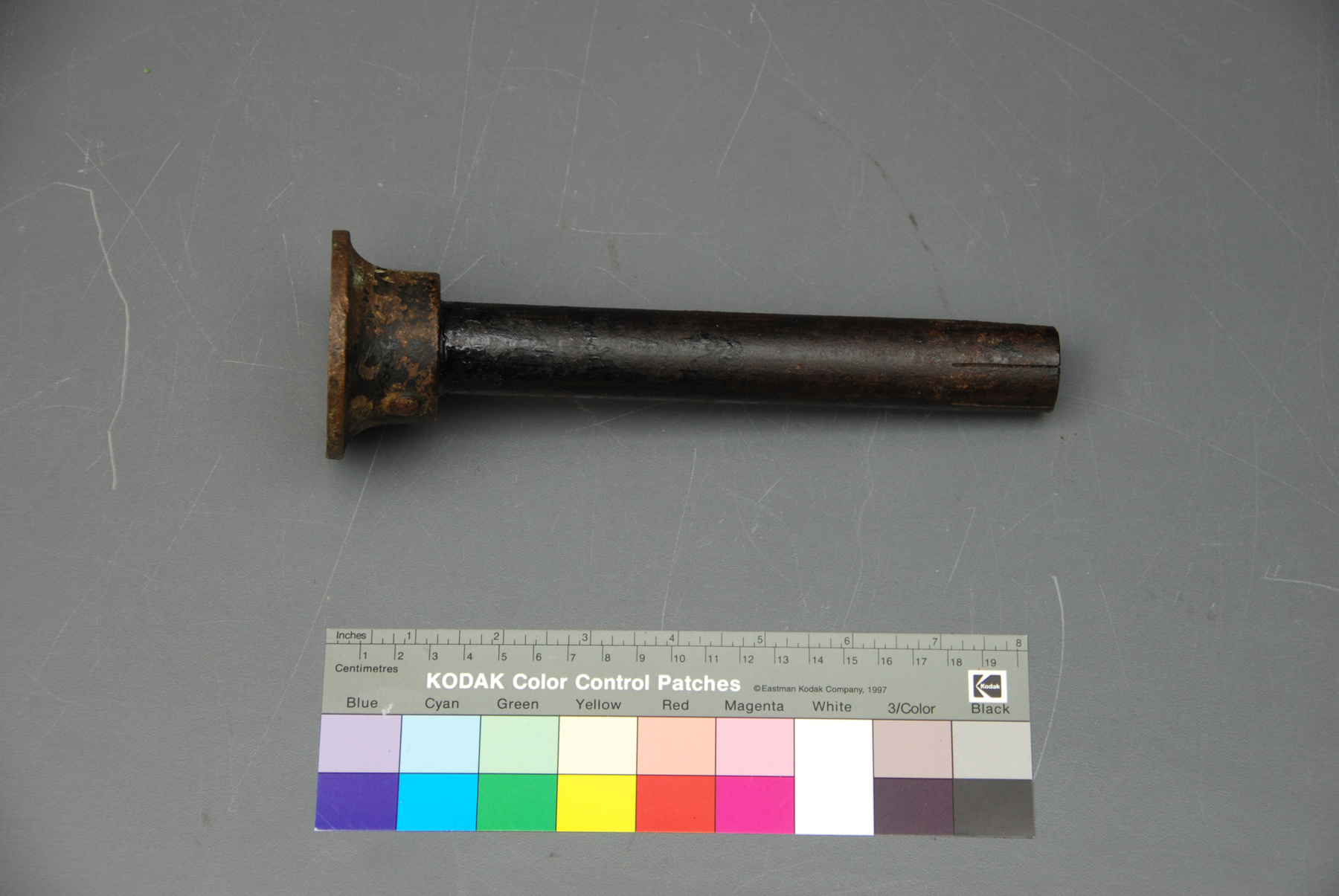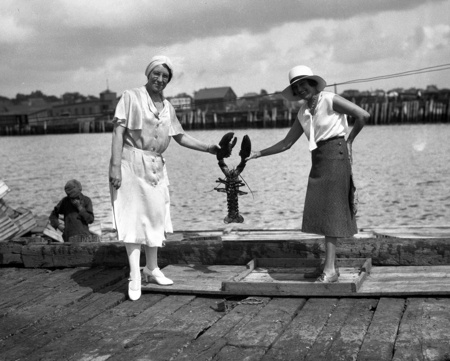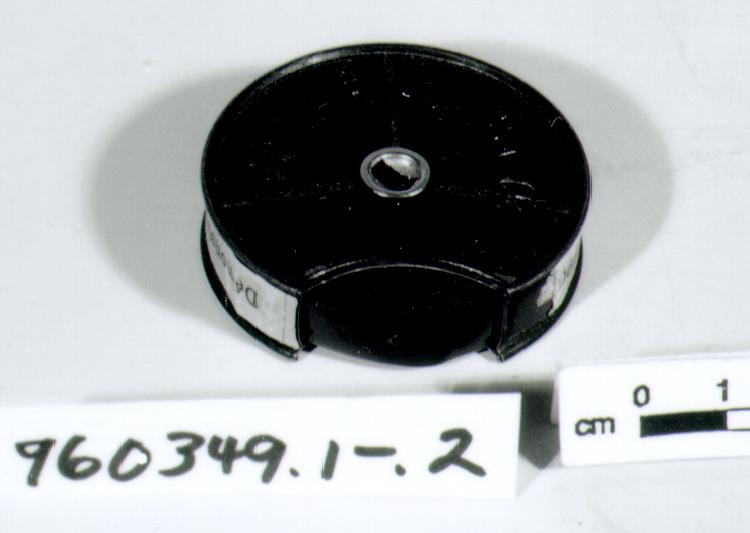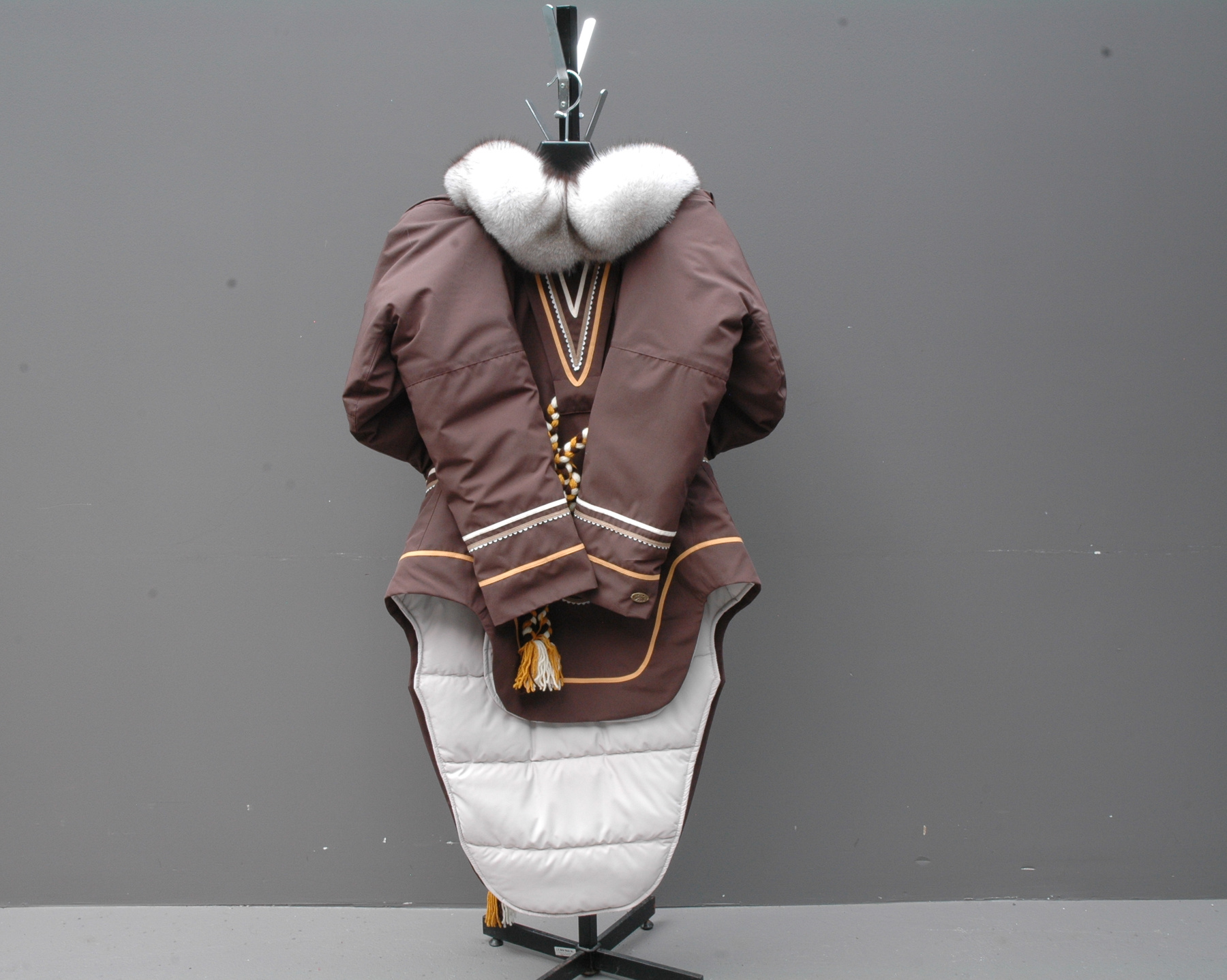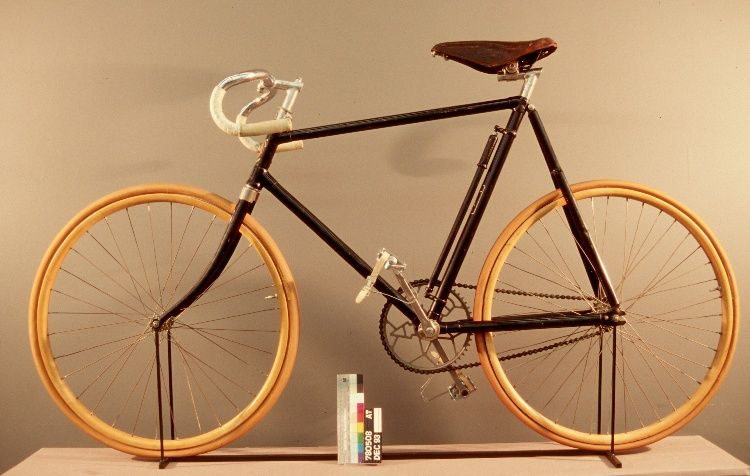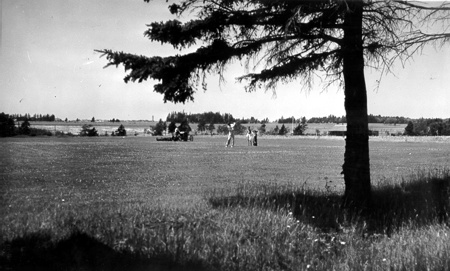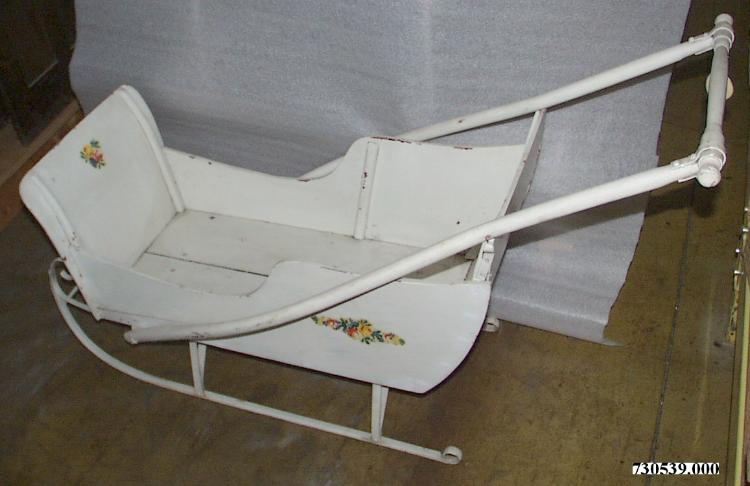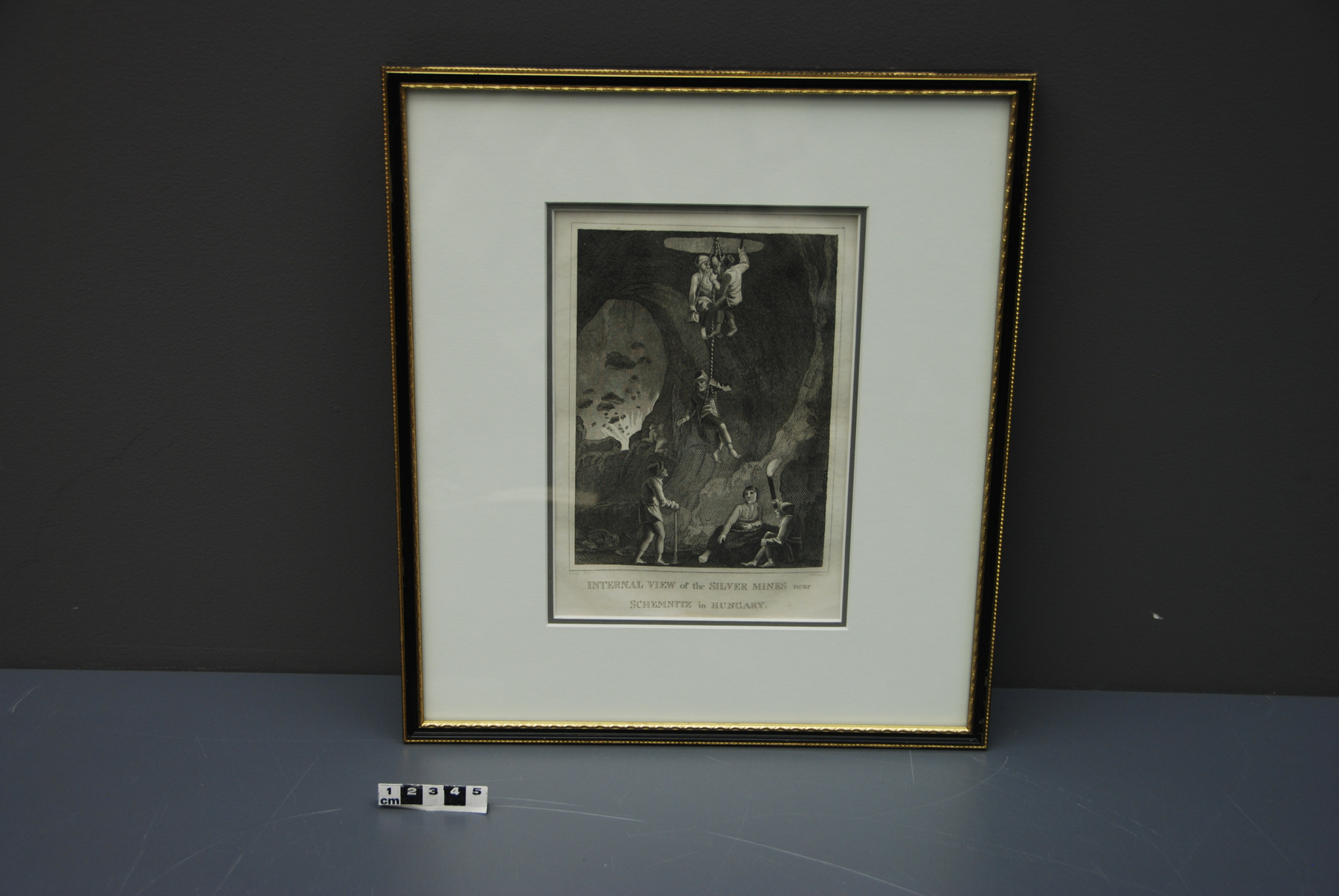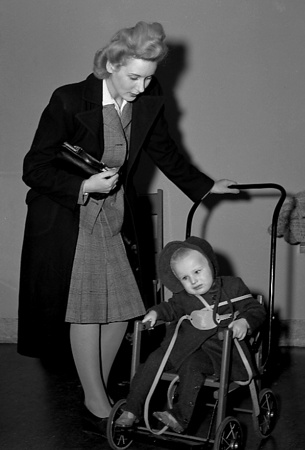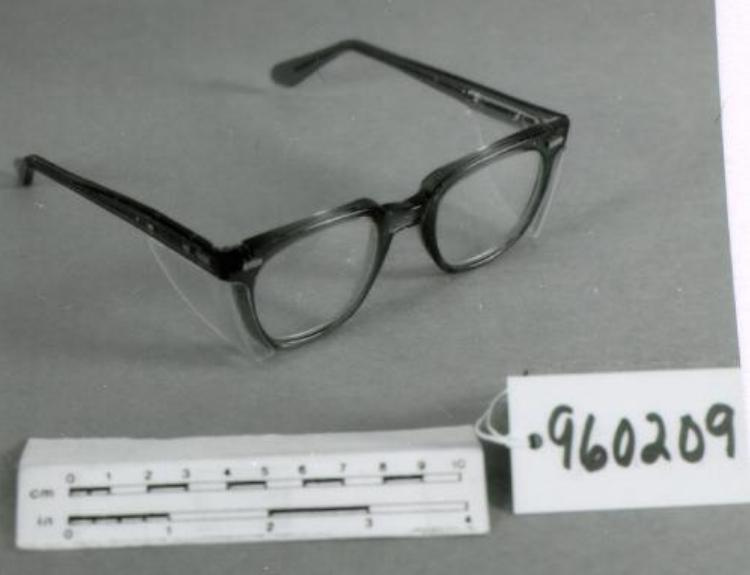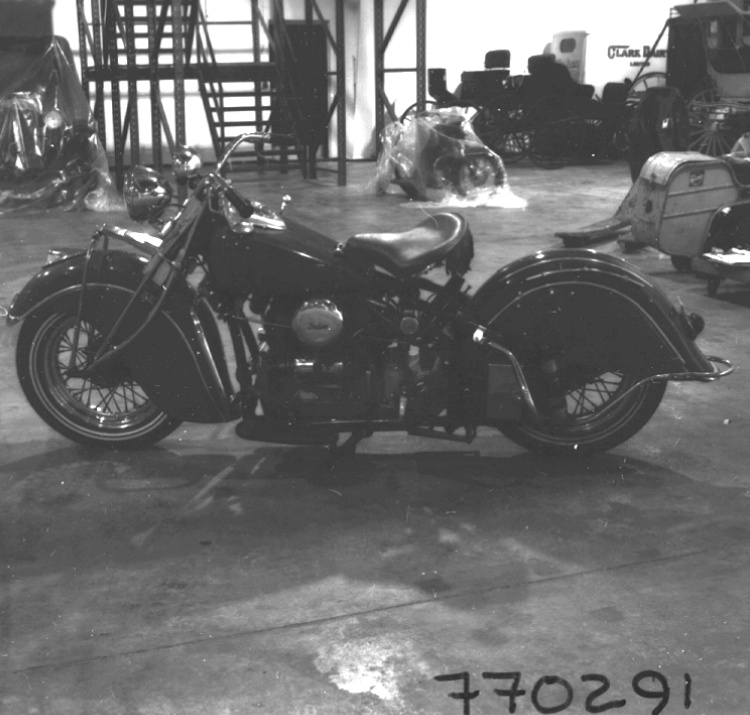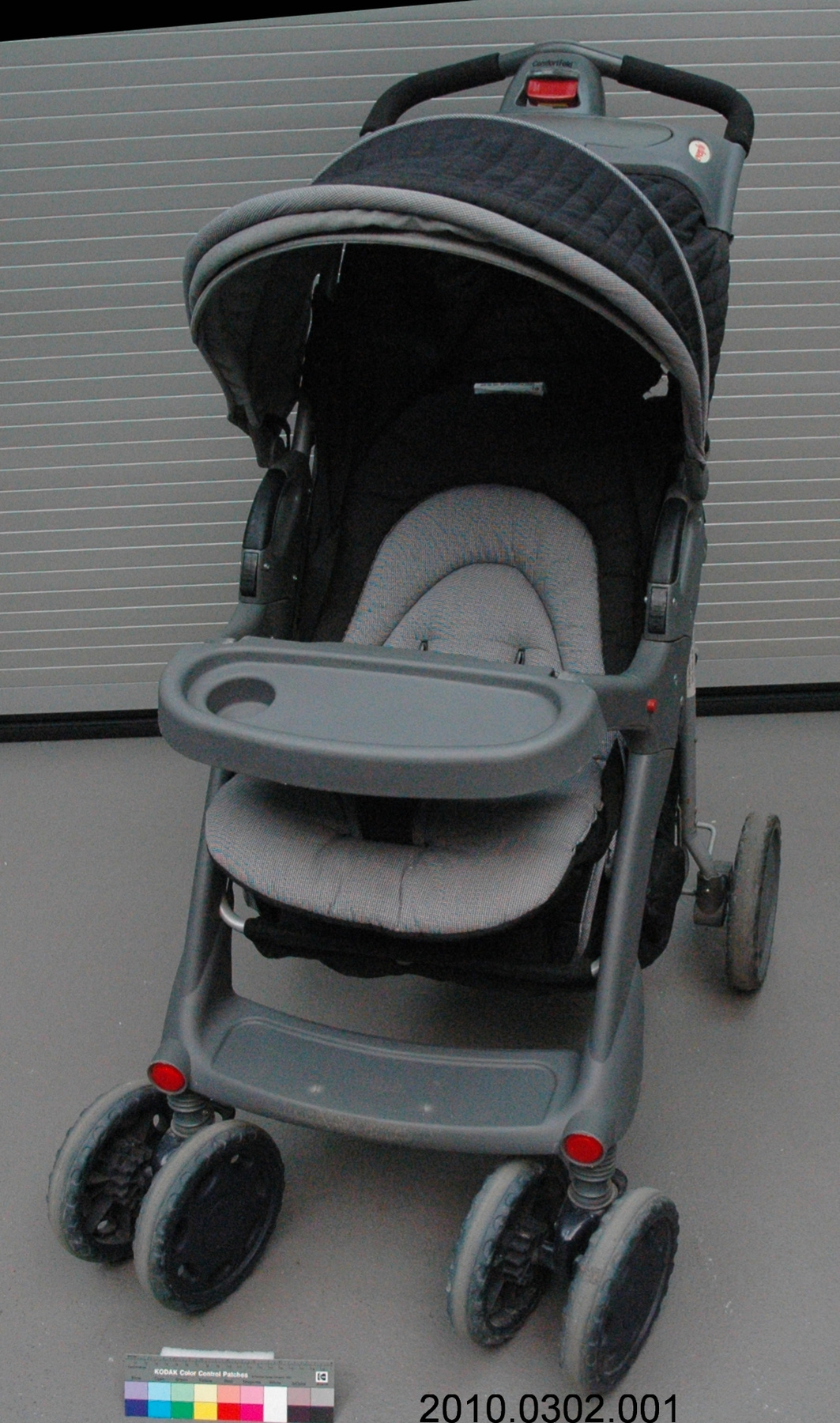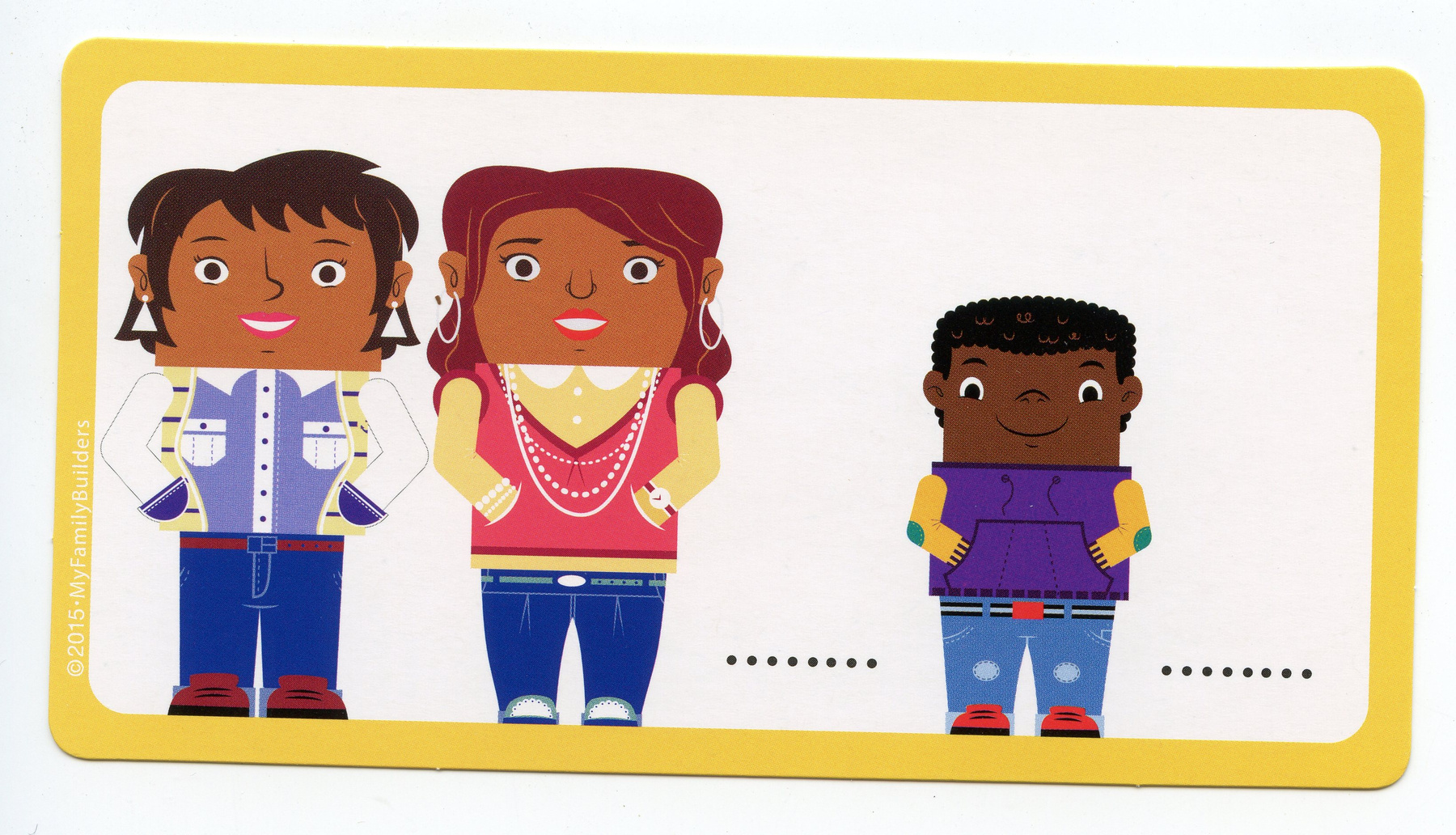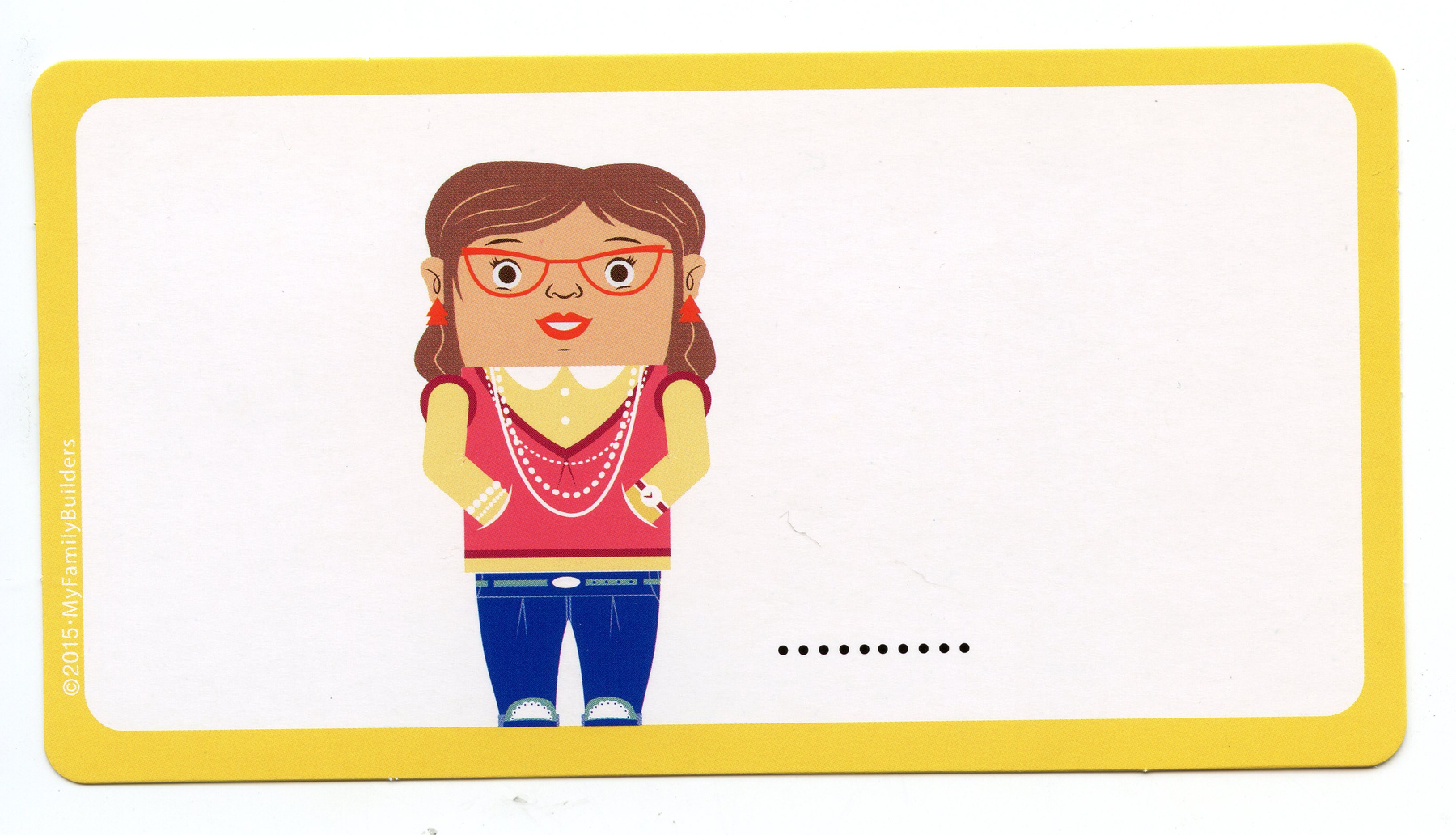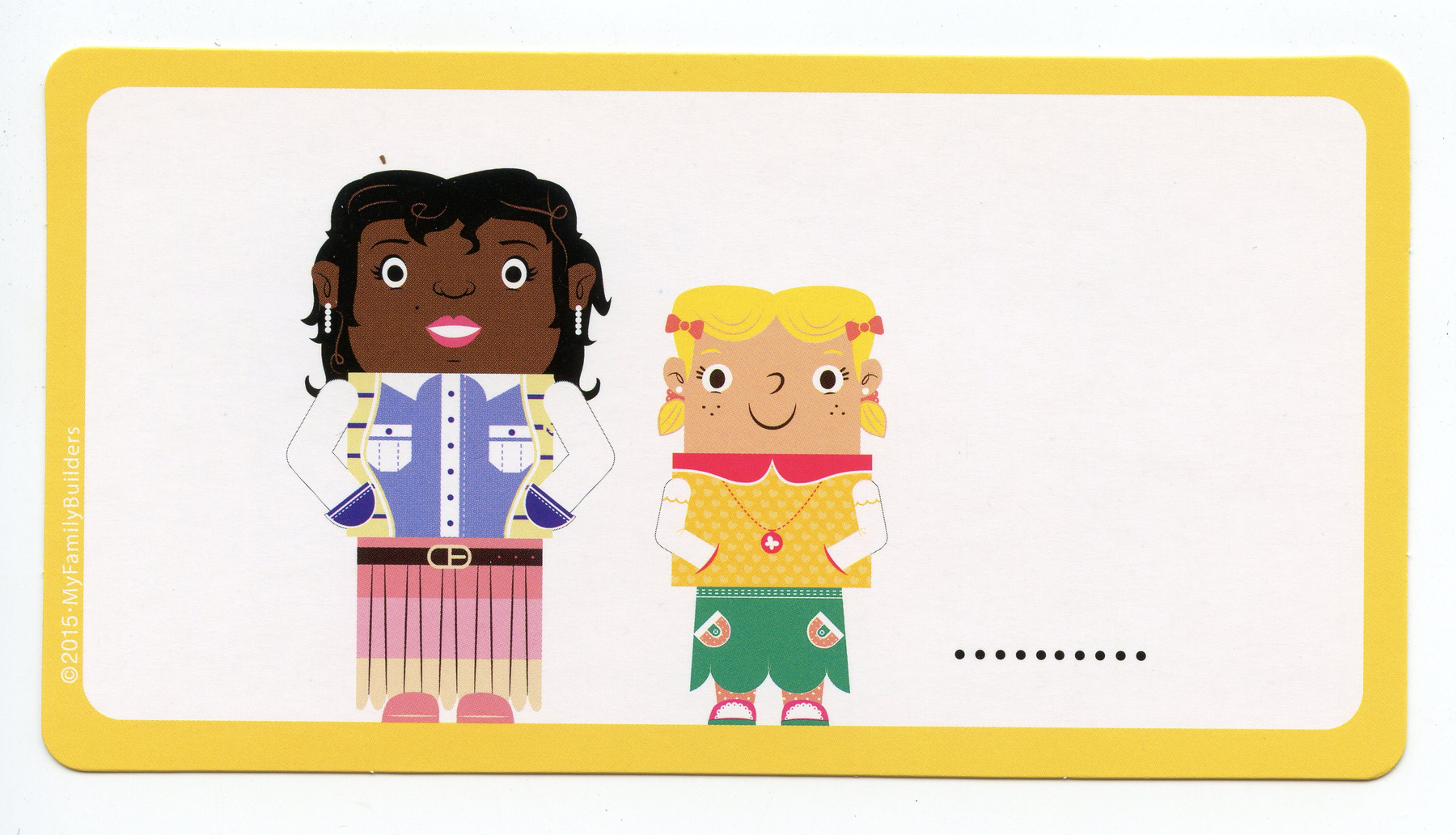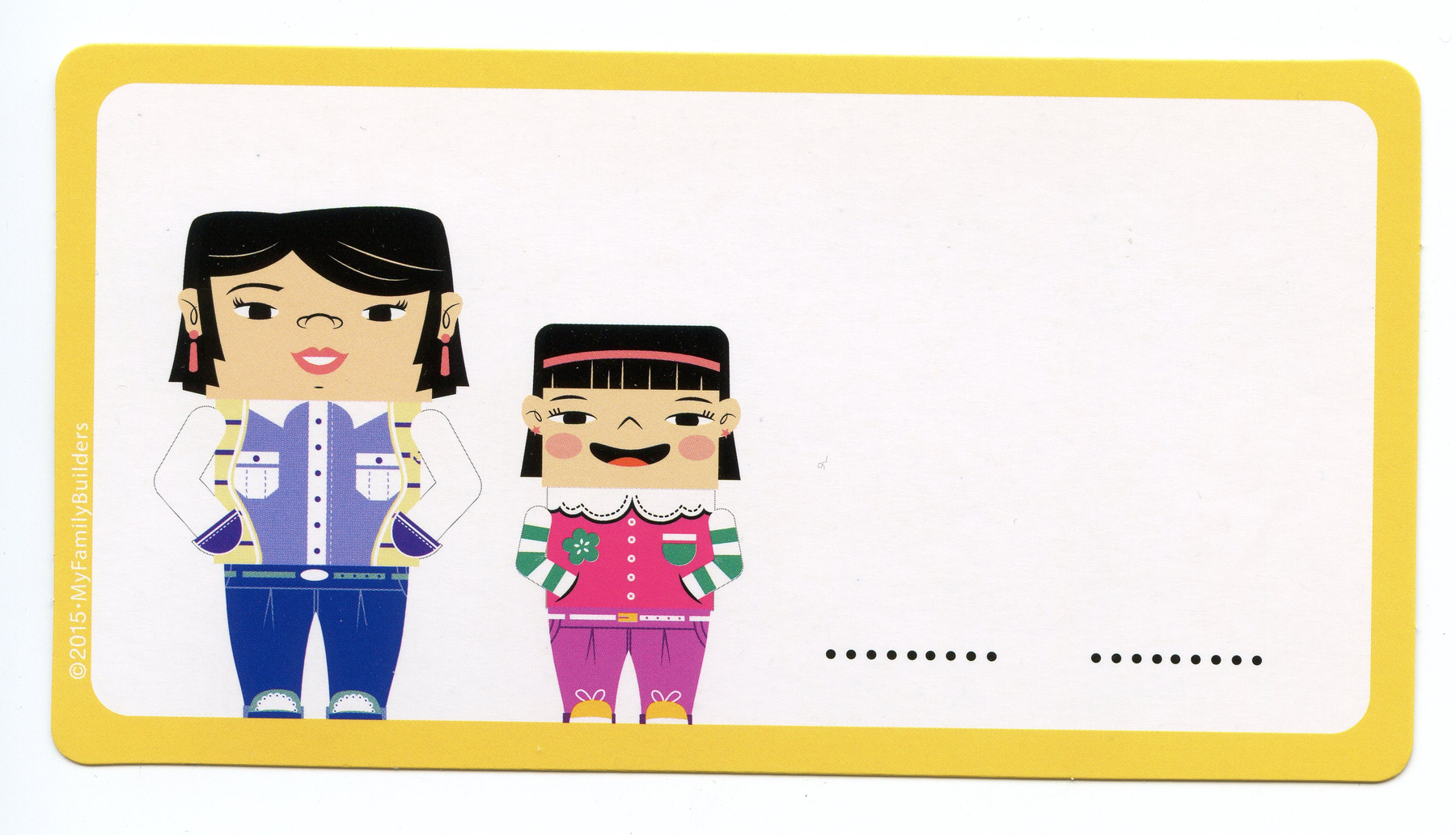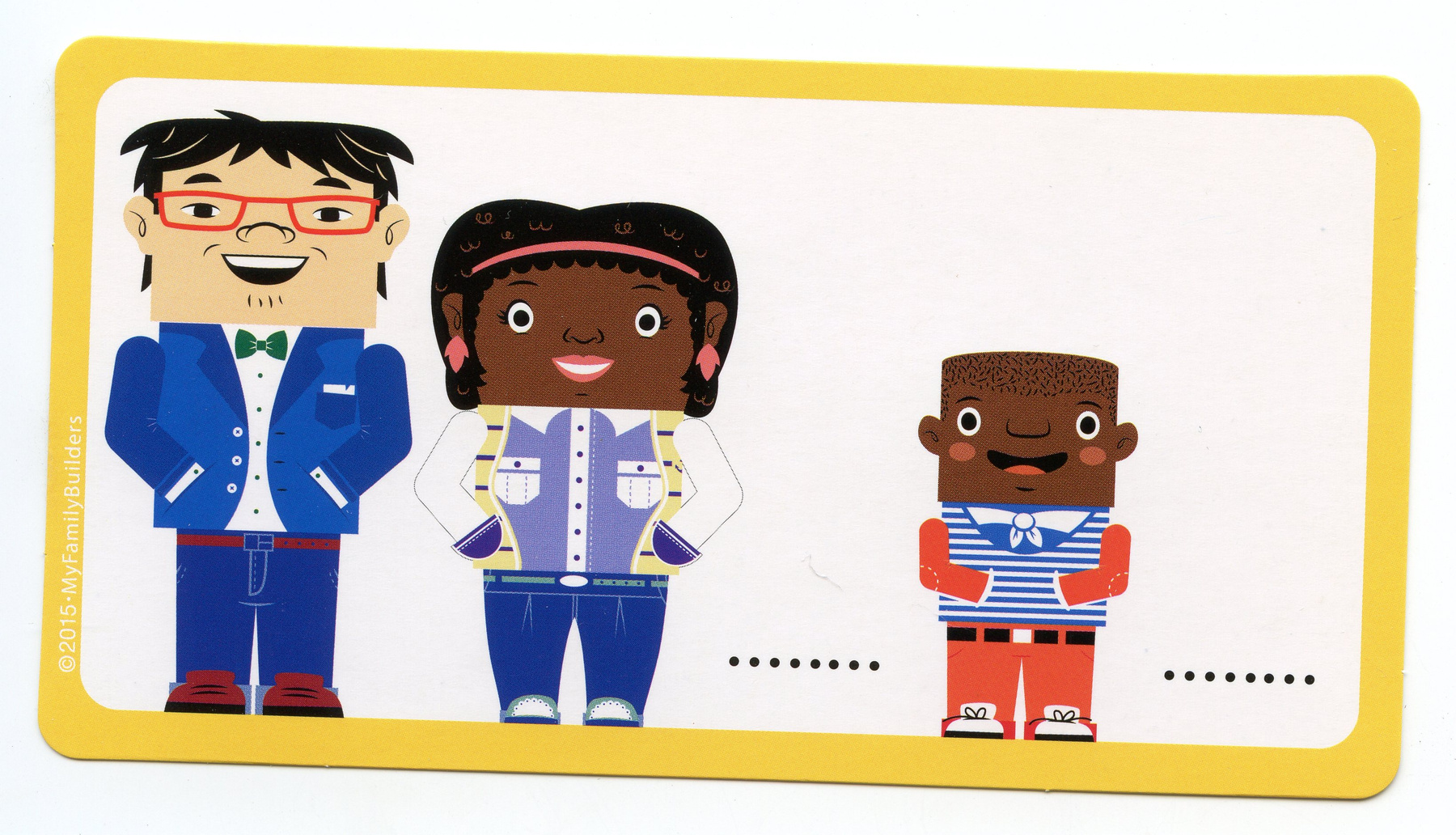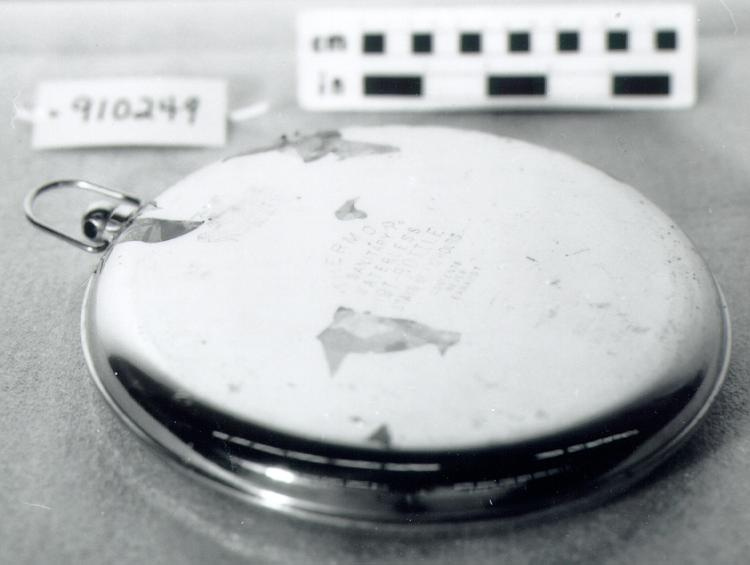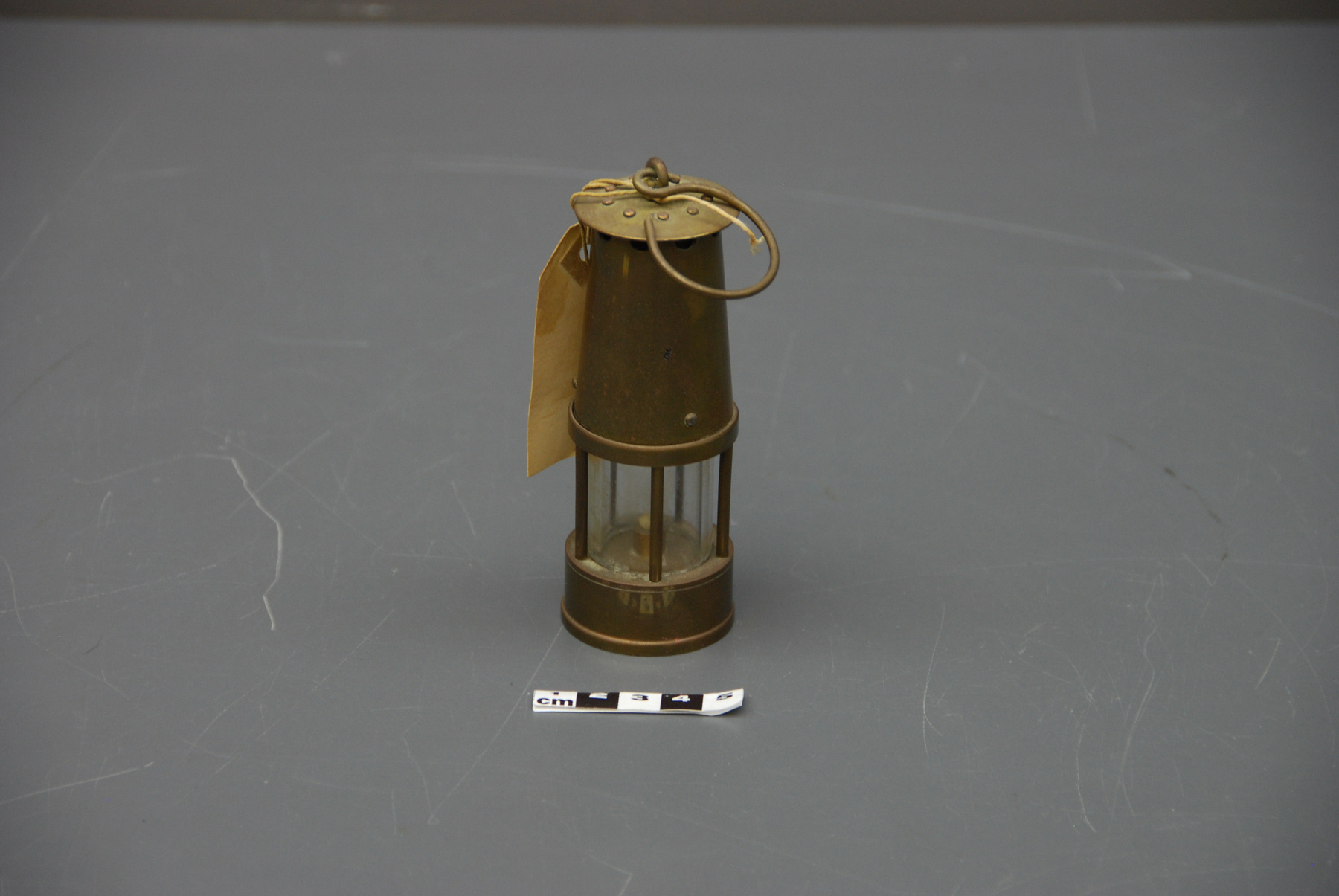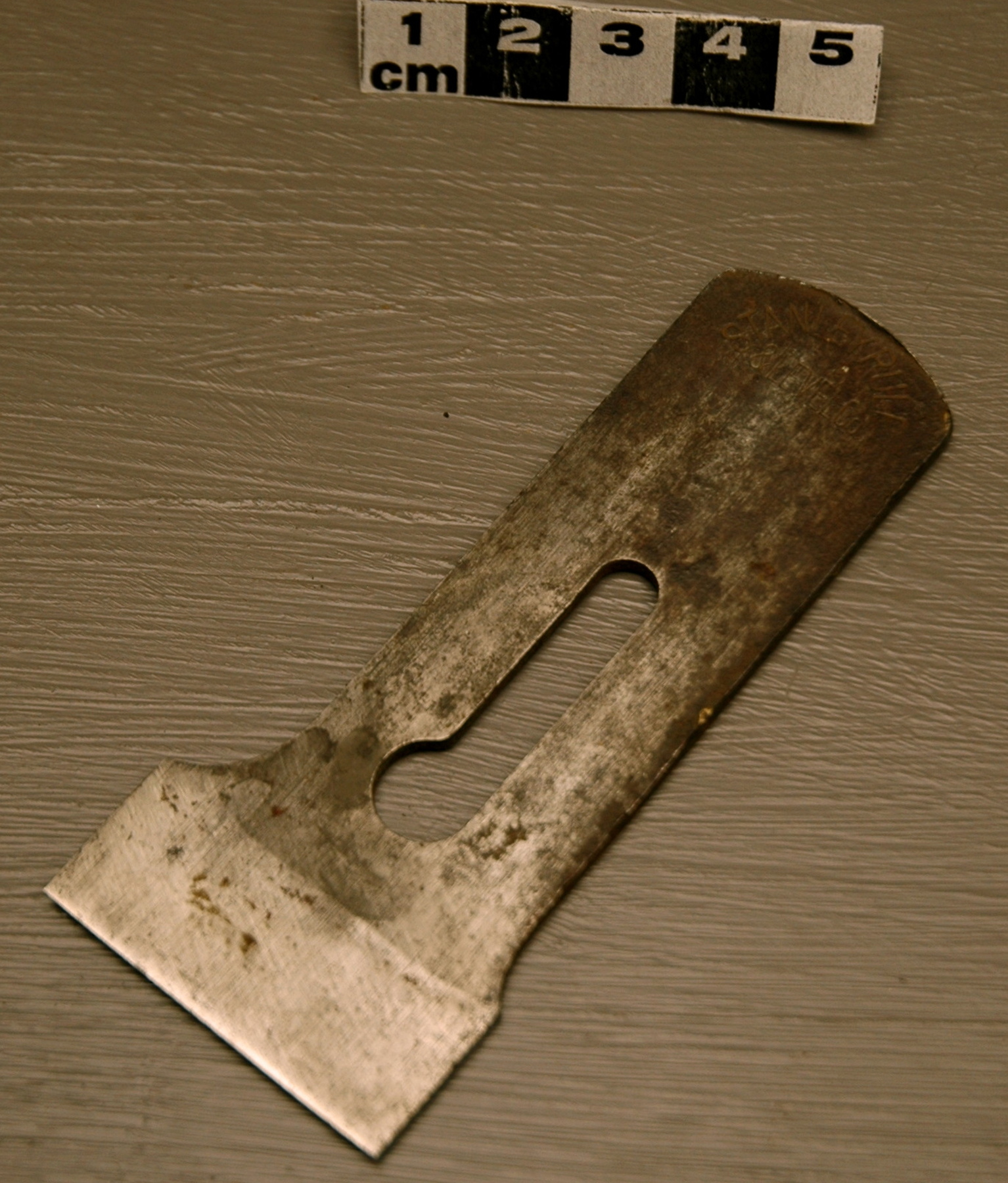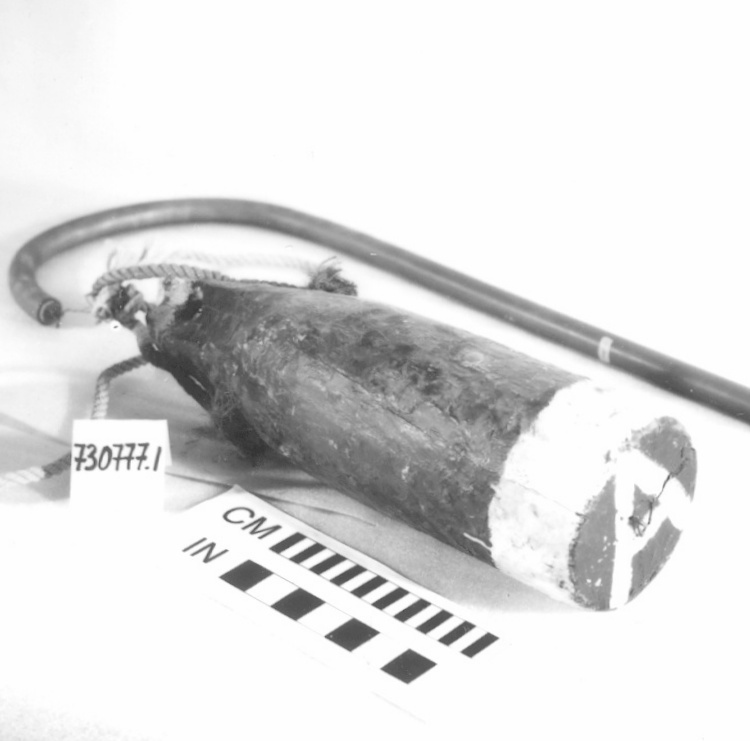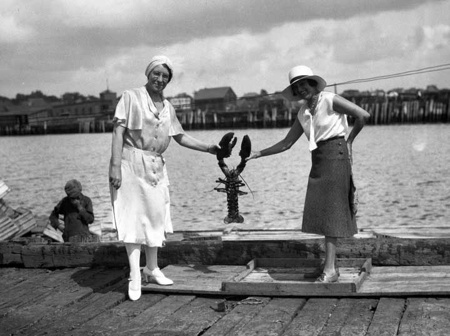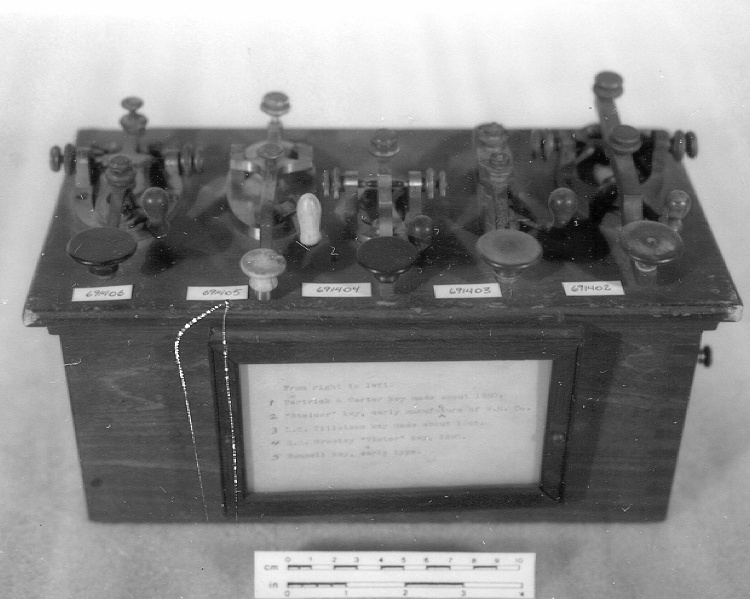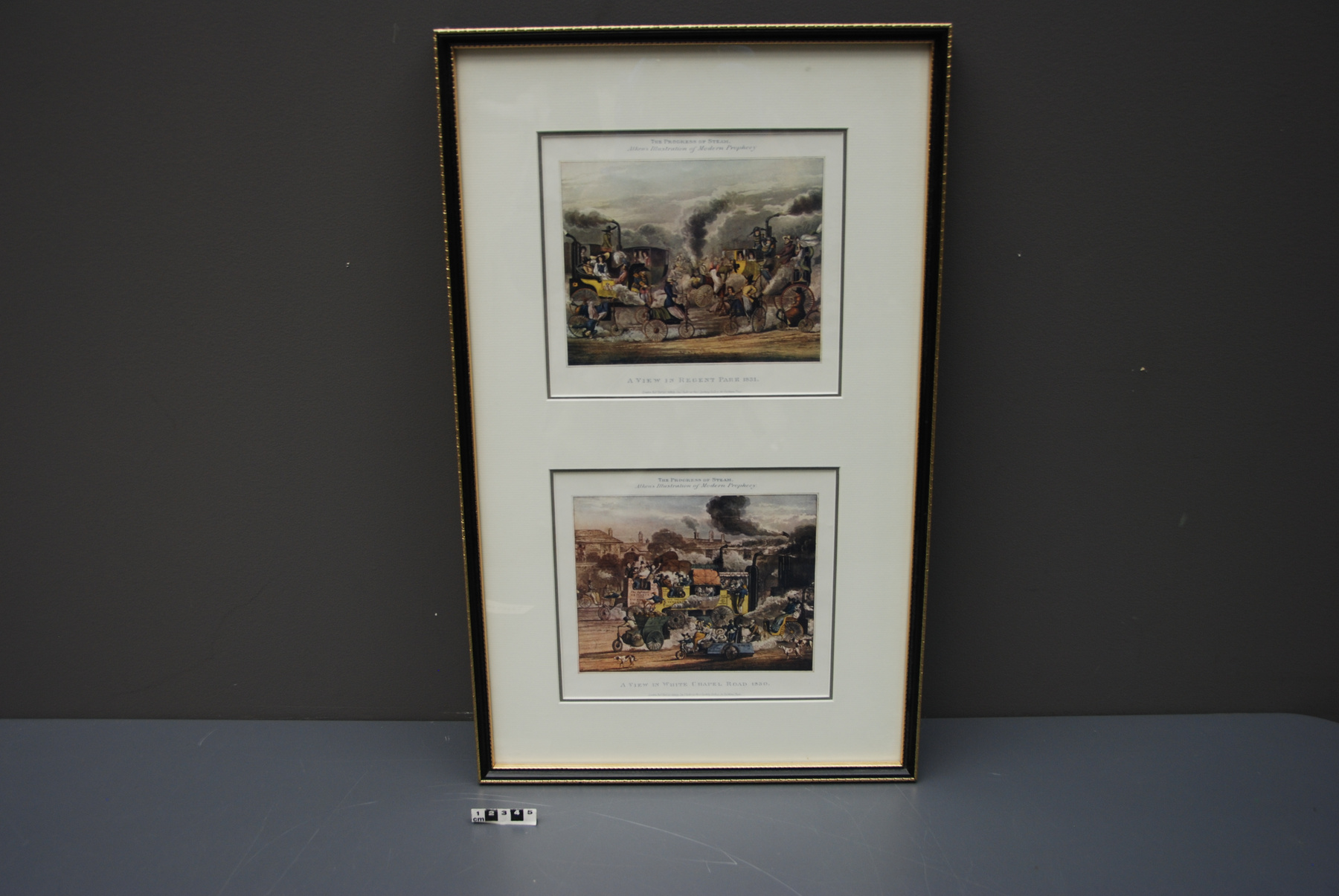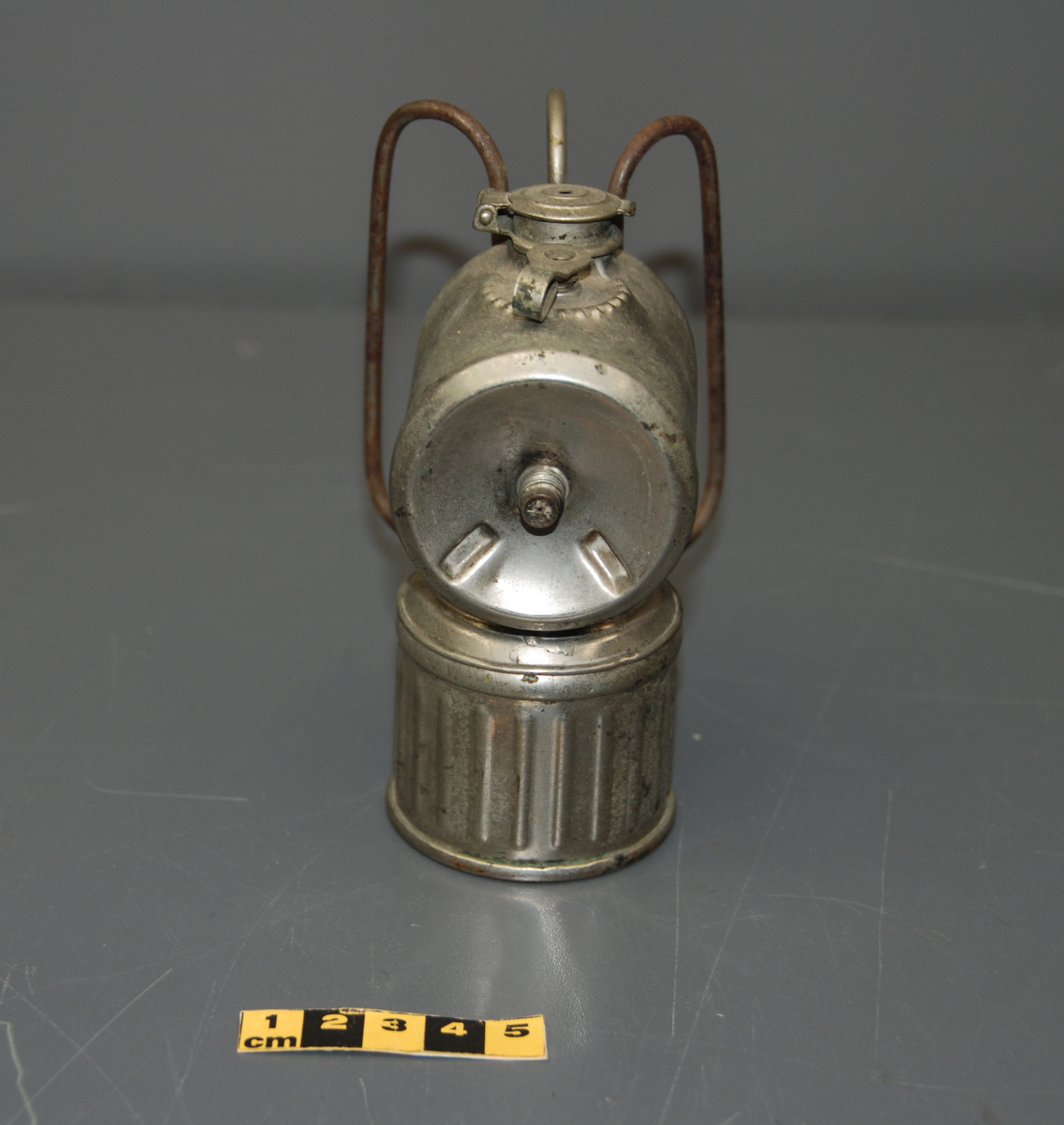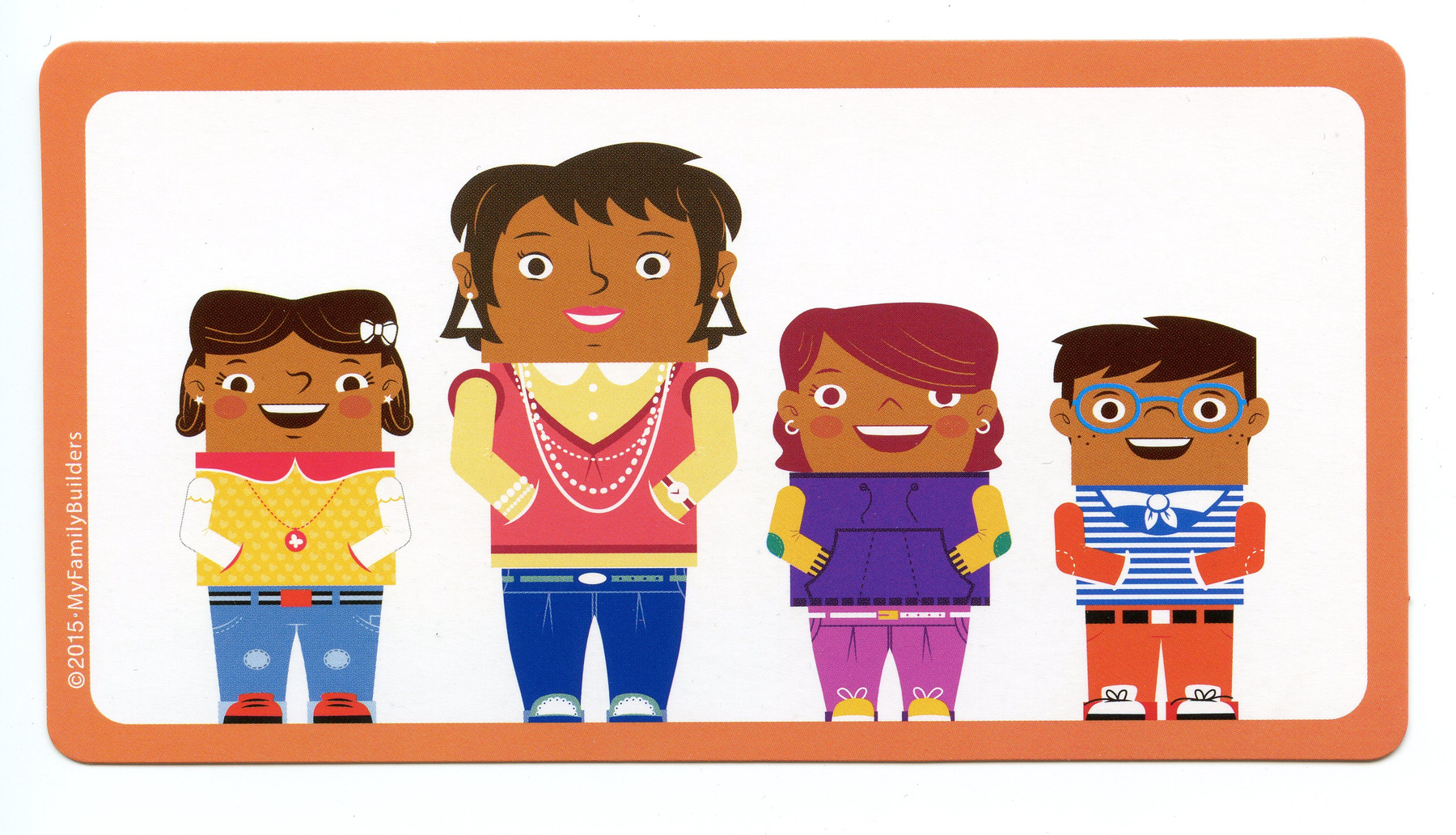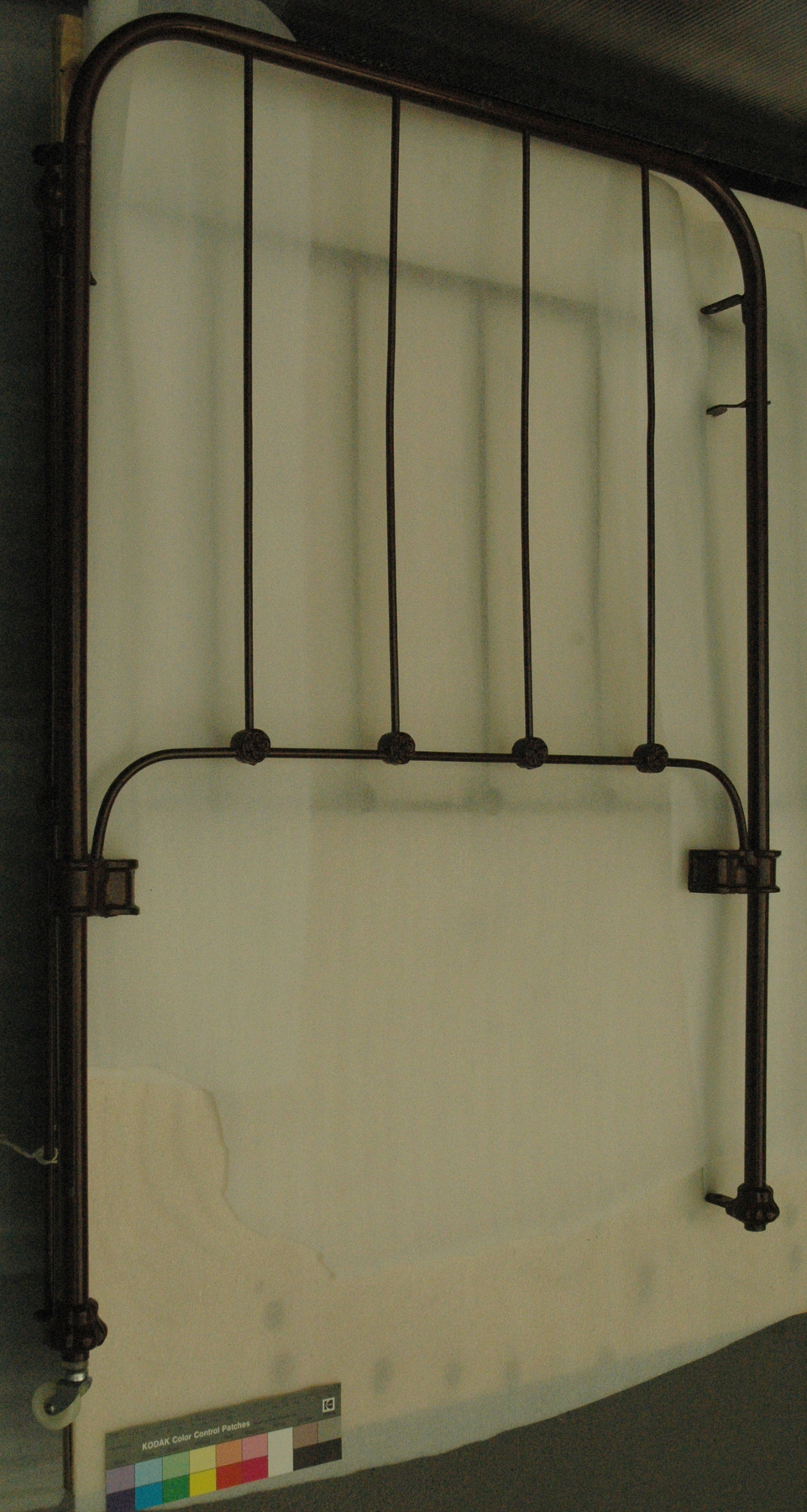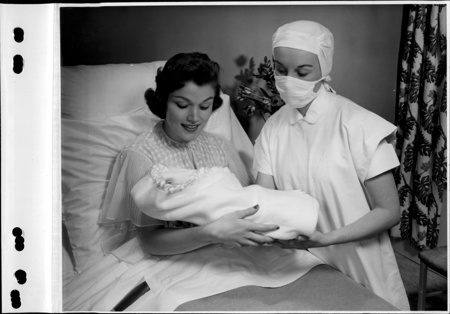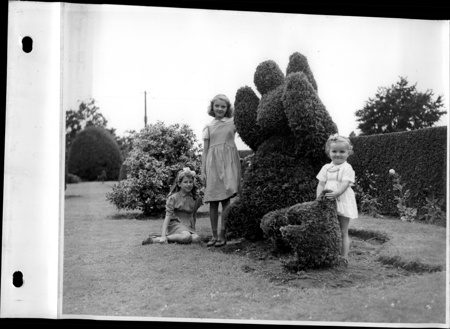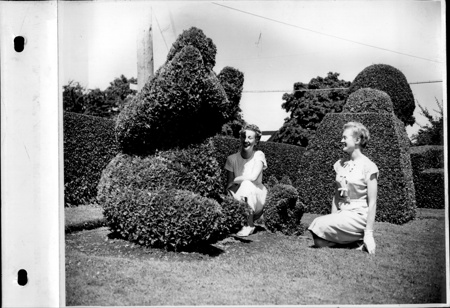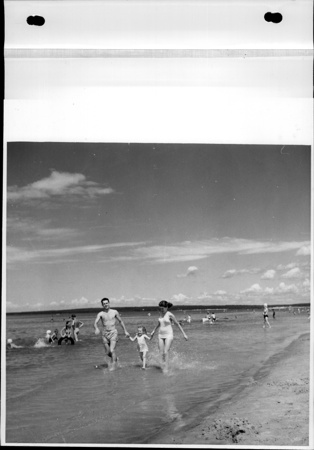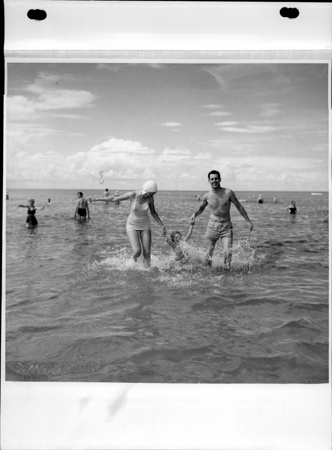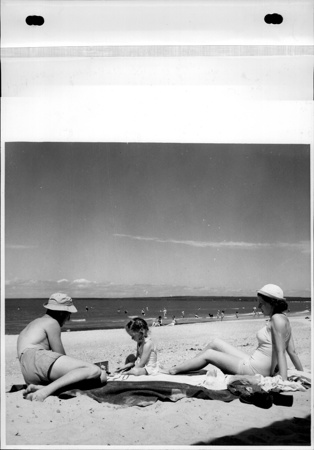Frame part, bed
Utiliser cette image
Puis-je réutiliser cette image sans autorisation? Oui
Les images sur le portail de la collection d’Ingenium ont la licence Creative Commons suivante :
Copyright Ingenium / CC BY-NC-ND (Attribution-NonCommercial 4.0 International (CC BY-NC 4.0)
ATTRIBUER CETTE IMAGE
Ingenium,
2011.0017.002
Permalien:
Ingenium diffuse cette image sous le cadre de licence Creative Commons et encourage son téléchargement et sa réutilisation à des fins non commerciales. Veuillez mentionner Ingenium et citer le numéro de l’artefact.
TÉLÉCHARGER L’IMAGEACHETER CETTE IMAGE
Cette image peut être utilisée gratuitement pour des fins non commerciales.
Pour un usage commercial, veuillez consulter nos frais de reproduction et communiquer avec nous pour acheter l’image.
- TYPE D’OBJET
- child's/convertible
- DATE
- 1915
- NUMÉRO DE L’ARTEFACT
- 2011.0017.002
- FABRICANT
- Inconnu
- MODÈLE
- Inconnu
- EMPLACEMENT
- Canada
Plus d’information
Renseignements généraux
- Nº de série
- S/O
- Nº de partie
- 2
- Nombre total de parties
- 19
- Ou
- frame end
- Brevets
- S/O
- Description générale
- All metal frame end painted brown.
Dimensions
Remarque : Cette information reflète la taille générale pour l’entreposage et ne représente pas nécessairement les véritables dimensions de l’objet.
- Longueur
- 94,0 cm
- Largeur
- 69,5 cm
- Hauteur
- 8,0 cm
- Épaisseur
- S/O
- Poids
- S/O
- Diamètre
- S/O
- Volume
- S/O
Lexique
- Groupe
- Technologie domestique
- Catégorie
- Soins d'enfant
- Sous-catégorie
- S/O
Fabricant
- Ou
- Inconnu
- Pays
- Canada
- État/province
- Inconnu
- Ville
- Inconnu
Contexte
- Pays
- Canada
- État/province
- Ontario
- Période
- This crib was used 1915- 2009.
- Canada
-
The crib was originally purchased in Ottawa in 1915 for Mr. Patrick Curley, born November 14, 1915 and used in his parents’ home at 43 Coburg St., Ottawa. Mr. Curley and his wife (Mary Curley, Donor) used the crib for their four children, starting with a daughter, Patricia Curley, born in 1946. The bed moved with the family from Ottawa to Trenton, Ontario, and back to Uplands AFB. It was at Patrick Curley's parents’ home when the family was posted to Summerside, PEI in 1953, where their second daughter was born. Returning to Ottawa, the Curley's moved the crib back into their home at Rockcliffe AFB and used it as a bed for their son. The crib, converted to a bed, was moved to the family’s new home at 1418 Lexington St., Ottawa. Patricia Curley then used the crib (at 1418 Lexington St.) when her family visited Mary Curley in Ottawa. Most recently, in 2009, the crib was used by Vivian Sparks, the donor’s great-granddaughter while visiting in Ottawa. Similar cribs can be found in Eaton’s catalogue for 1915-1916. They were sold for between $5.00 to 8.00. An adult bed, same in style, sold for $4.30. [Ref.1] - Fonction
-
Inconnu - Technique
-
Baby cribs are good examples of domestic technologies that follow changes in domestic architecture and home economics. Baby cribs were developed in the 18th century and were used in wealthy families in addition to cradles. In the 19th century baby cribs began to be used more widely, but were generally still associated with well to do families that could afford a separate room for a baby. They were especially common among families that employed nannies. In the 1890s and the early 1900s, the child care was considered an important part of the scientific approach to home economics (“educated mother”). Various theories were developed to improve the efficiency of child rearing. For example, in the Women and Economics and The Home Charlotte Perkins Gilman advocated industrialized child care, while in Canada Child Welfare Division prescribed correct methods of motherhood and blamed mothers, who did not follow this advice for endangering the survival and health of their children. The child’s safety was used as the main argument by proponents of various theories. The “safety” and “educational qualities” are still two concepts used most often to promote baby products. Moreover, the regulations and advice regarding cribs are constantly being changed and updated. This shift from child safety being a responsibility of the mother, to it being regulated and being a responsibility of a manufacturer can be traced back to the late 19th c. and early 20th c. home economic theories. The crib offered to the Museum was made in 1915, the year Helen MacMurchy, became Ontario’s Inspector of the Feeble-Minded and started a successful campaign to use forced sterilization to prevent mothers from "filling the cradles with degenerate babies." The basic design of the crib did not change much in the first decades of the 20th century. Similar, metal cribs were sold in 1900, and were called iron cots. By the 1915, the type of crib offered to the Museum began to be promoted as a “safety crib” rather than a cot, reinforcing the artifact association with the scientific household management. The crib was described as durable with extra heavy pillars and strong springs. It safety then laid in the fact that it could withstand extensive use. The crib certainly proved durable and served the family for over 90 years. The bed had movable sides and converted to a small bed for a toddler. The crib is ornamented with flowers. It was originally white or light cream colour, but has been repainted to match brown tones used at 1418 Lexington St. house. [Ref.1] - Notes sur la région
-
Inconnu
Détails
- Marques
- None evident.
- Manque
- None.
- Fini
- All metal frame end painted brown.
- Décoration
- Stylized flower motif appears on round bosses at base of each vertical bar; bulbous fluted decorative base on each leg.
FAIRE RÉFÉRENCE À CET OBJET
Si vous souhaitez publier de l’information sur cet objet de collection, veuillez indiquer ce qui suit :
Fabricant inconnu, Frame part, bed, 1915, Numéro de l'artefact 2011.0017, Ingenium - Musées des sciences et de l'innovation du Canada, http://collection.ingeniumcanada.org/fr/item/2011.0017.002/
RÉTROACTION
Envoyer une question ou un commentaire sur cet artefact.
Plus comme ceci

